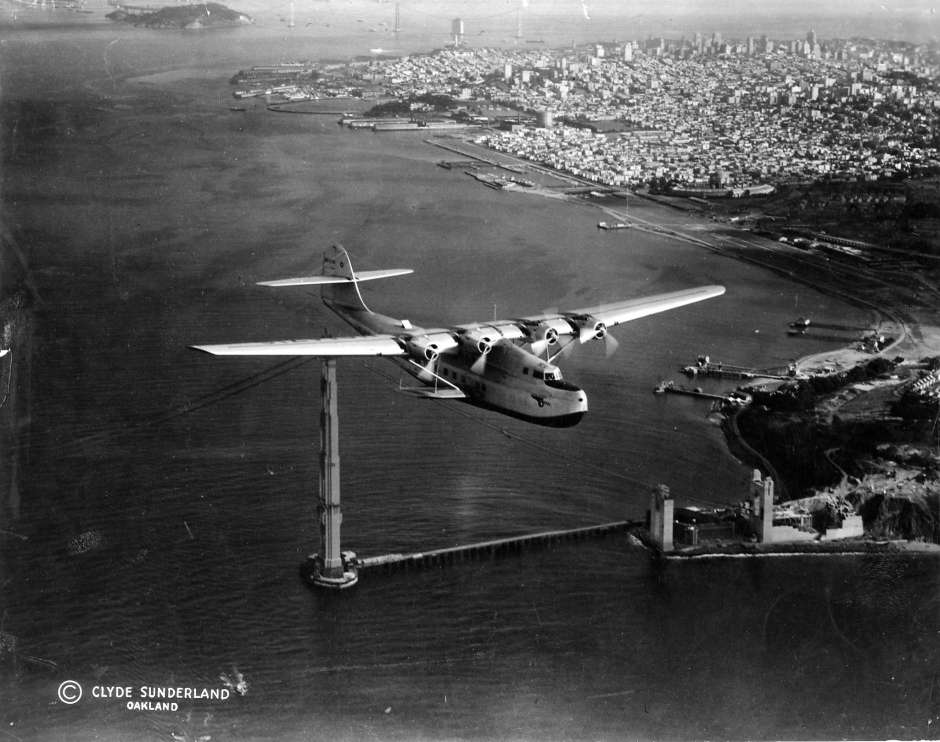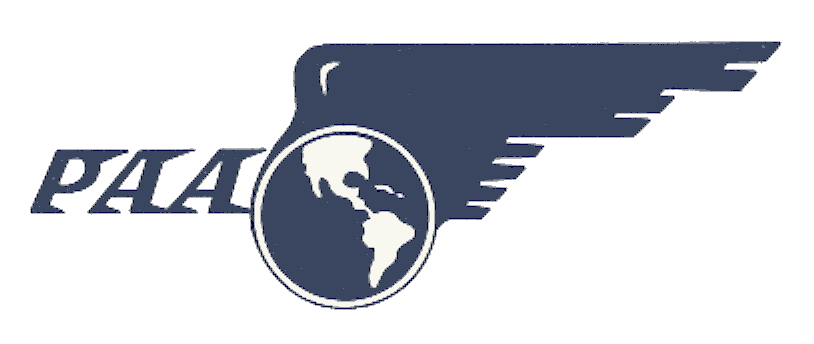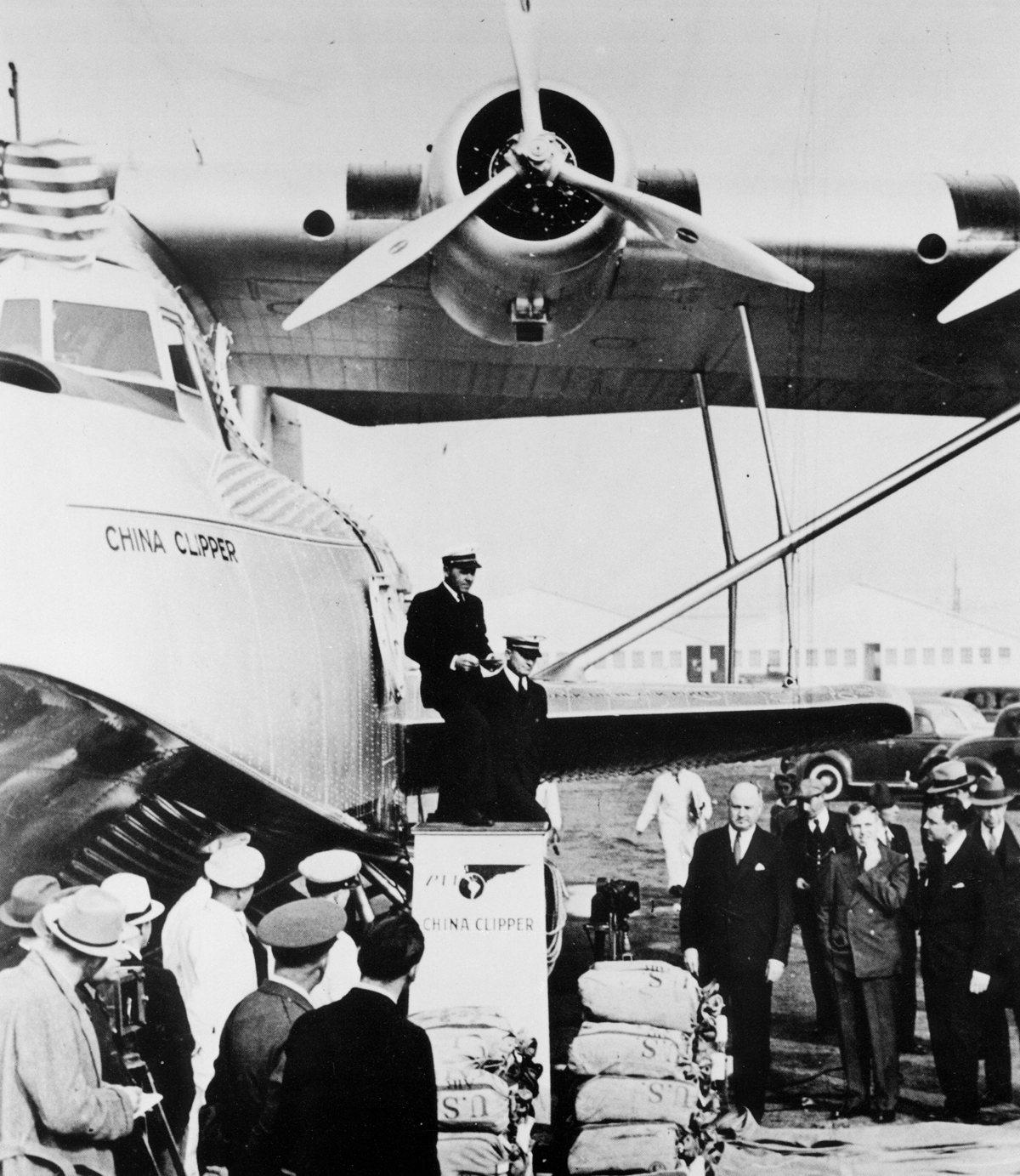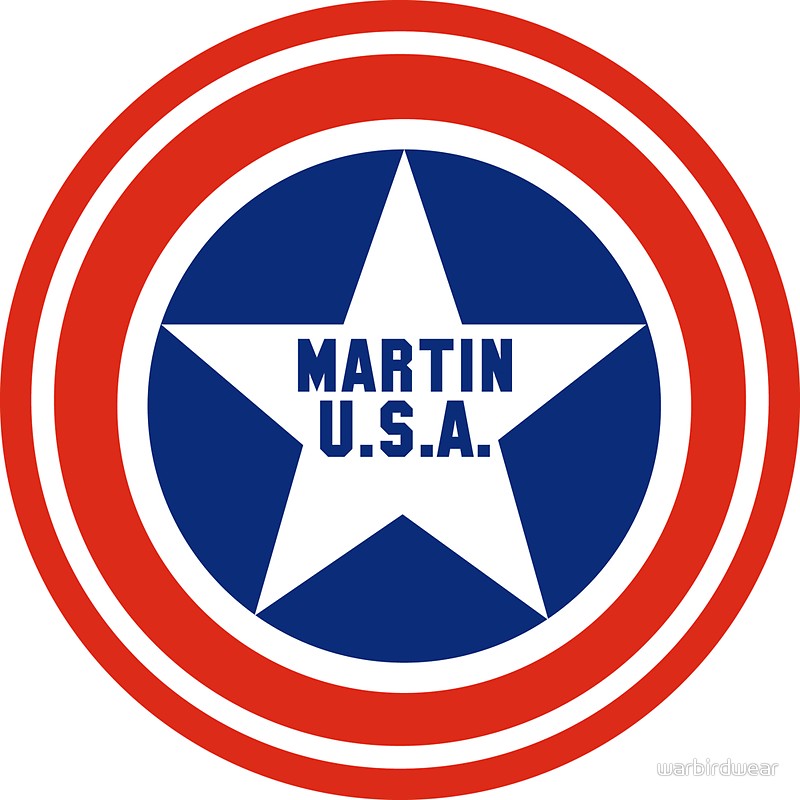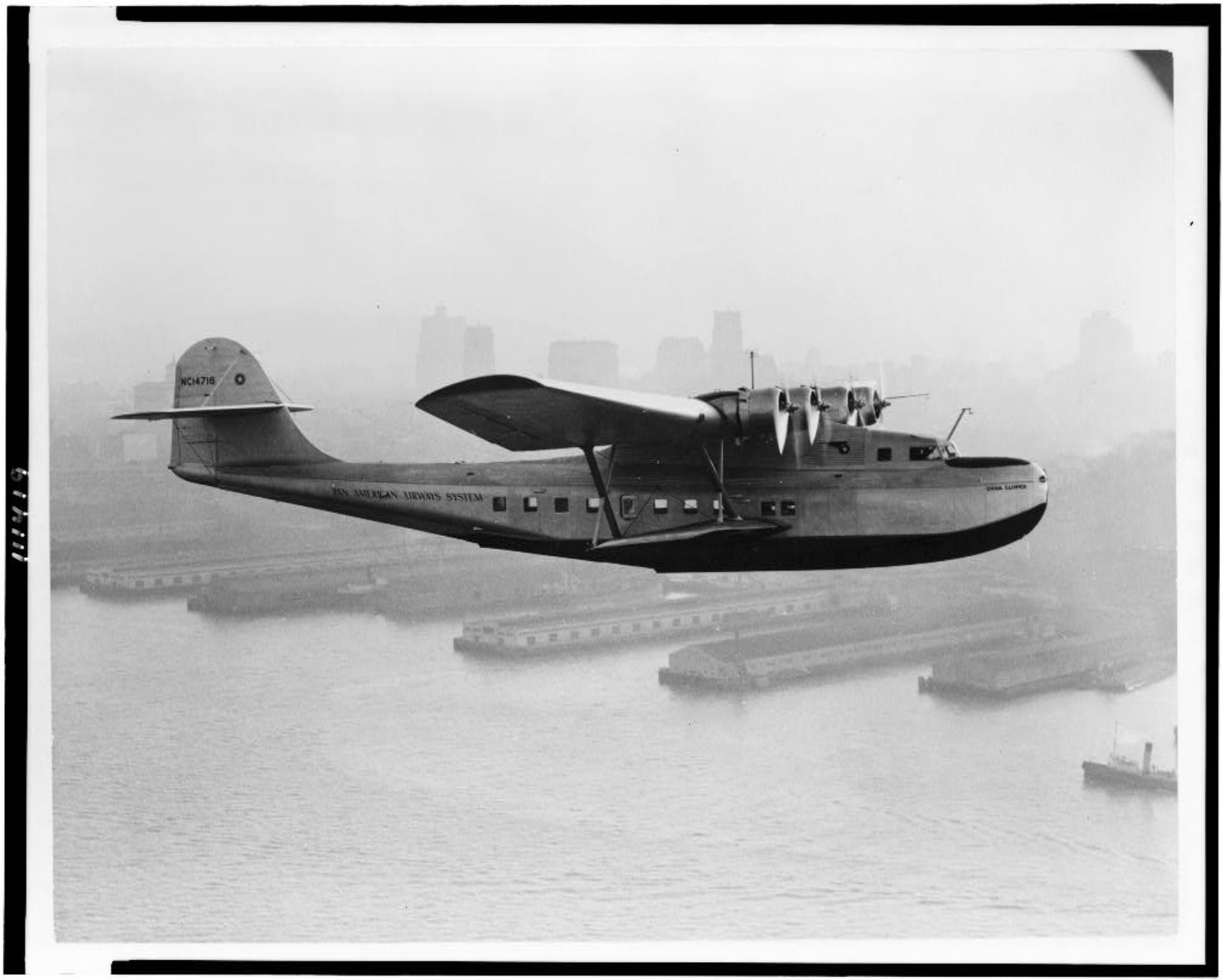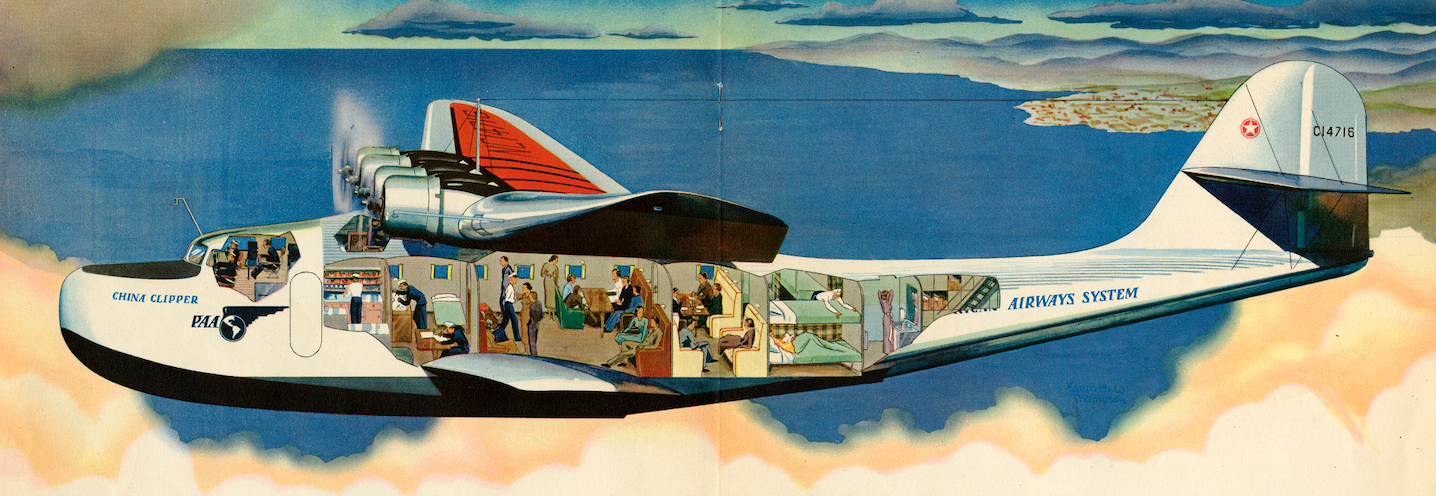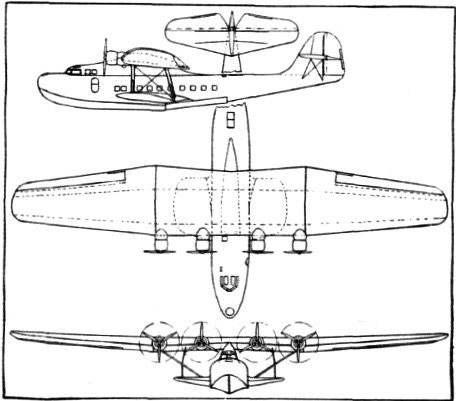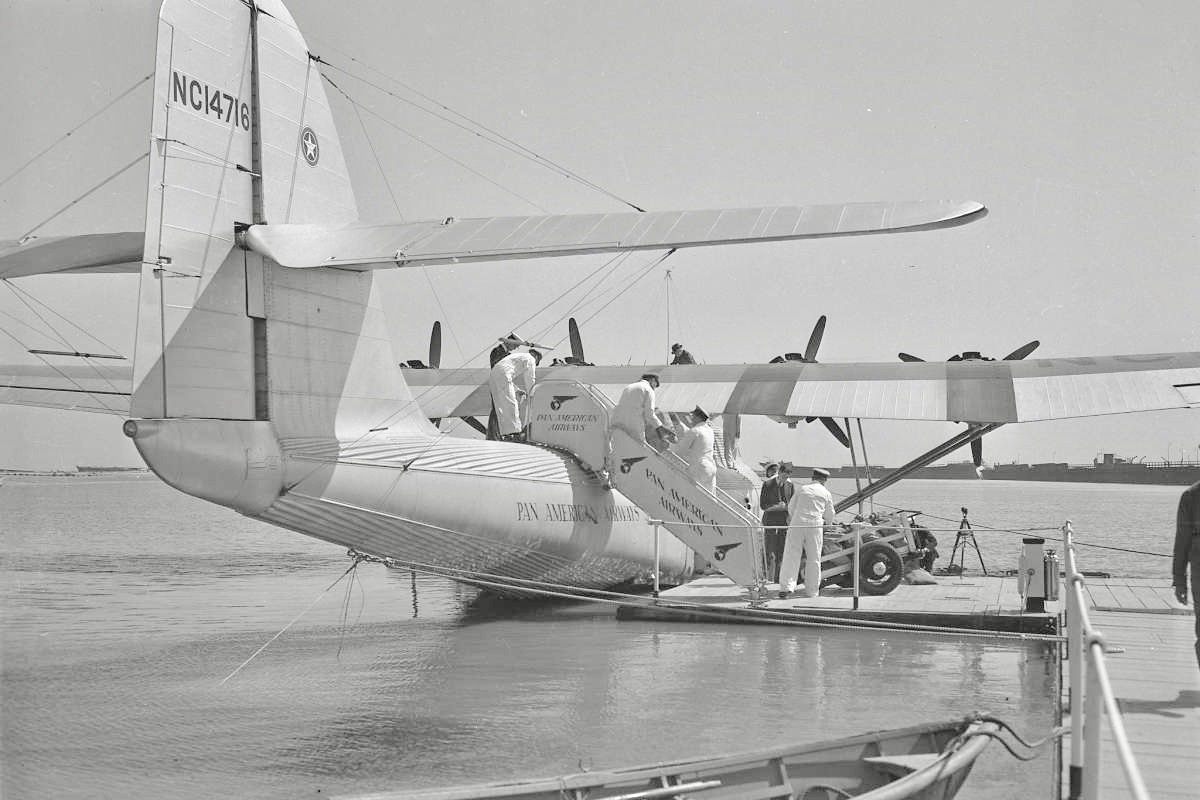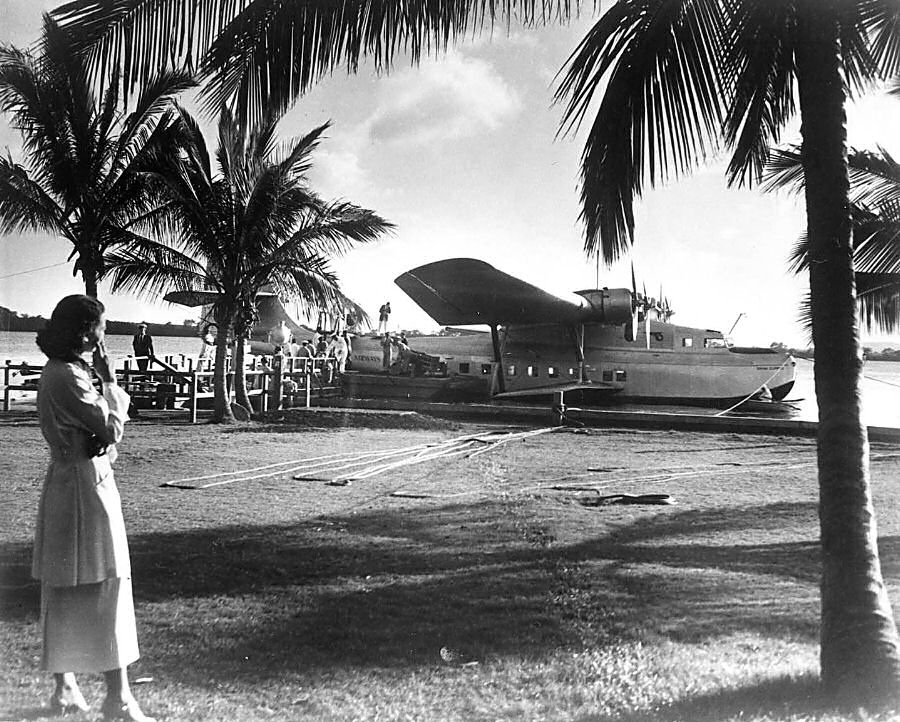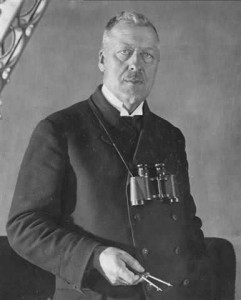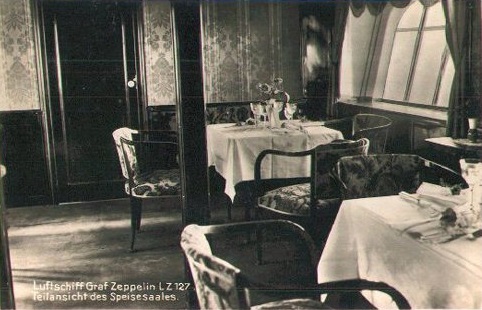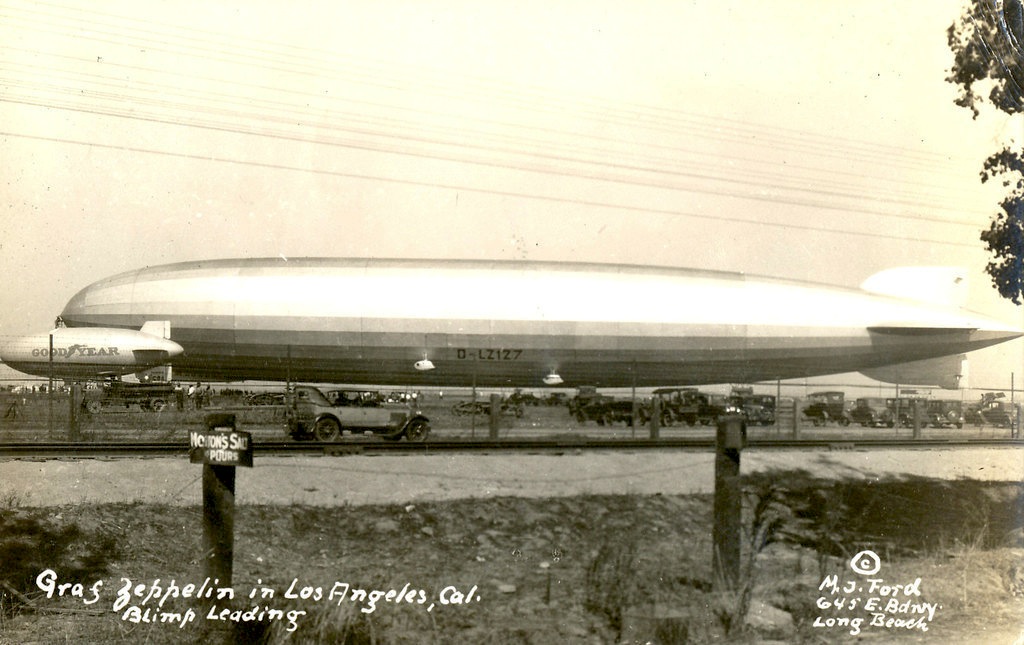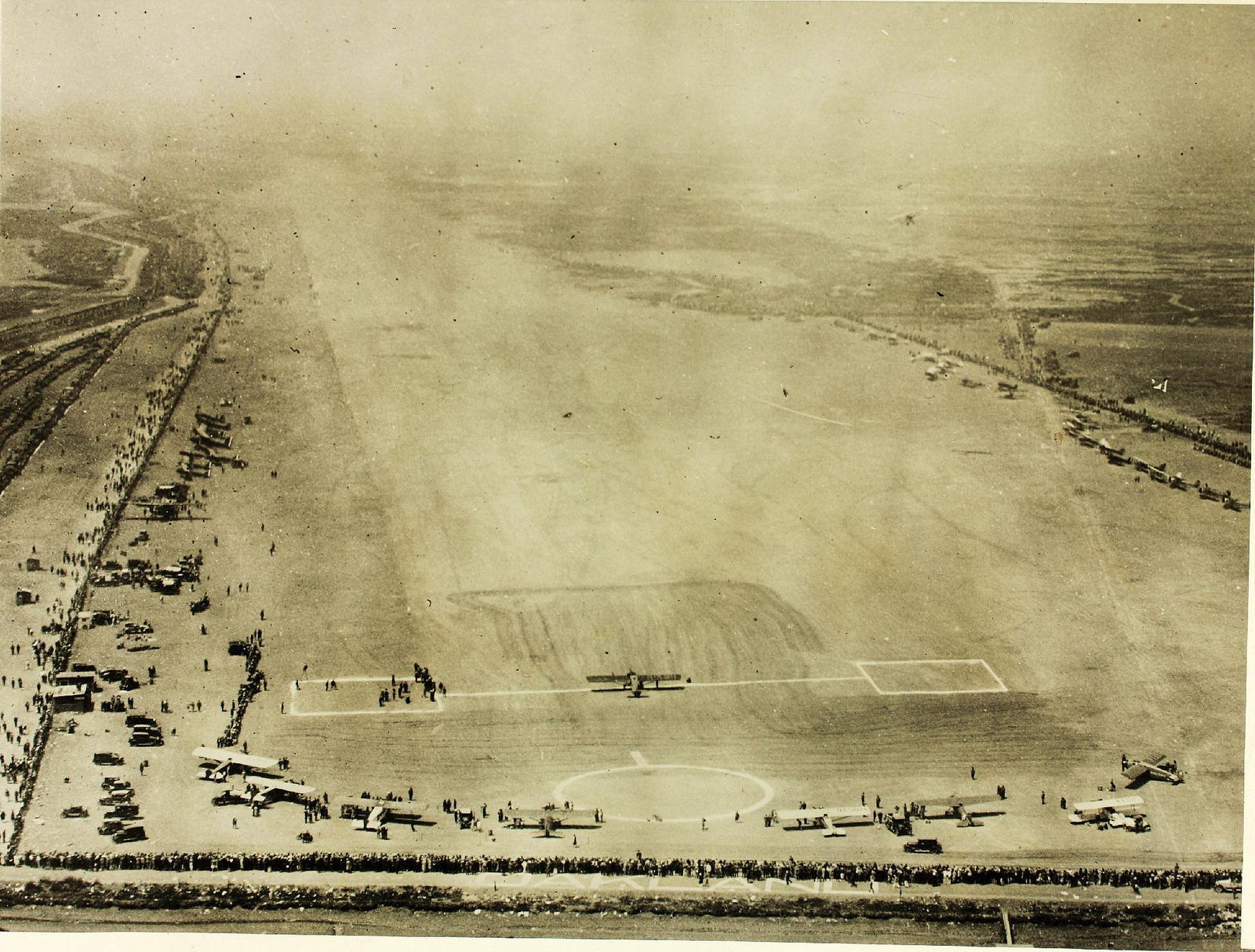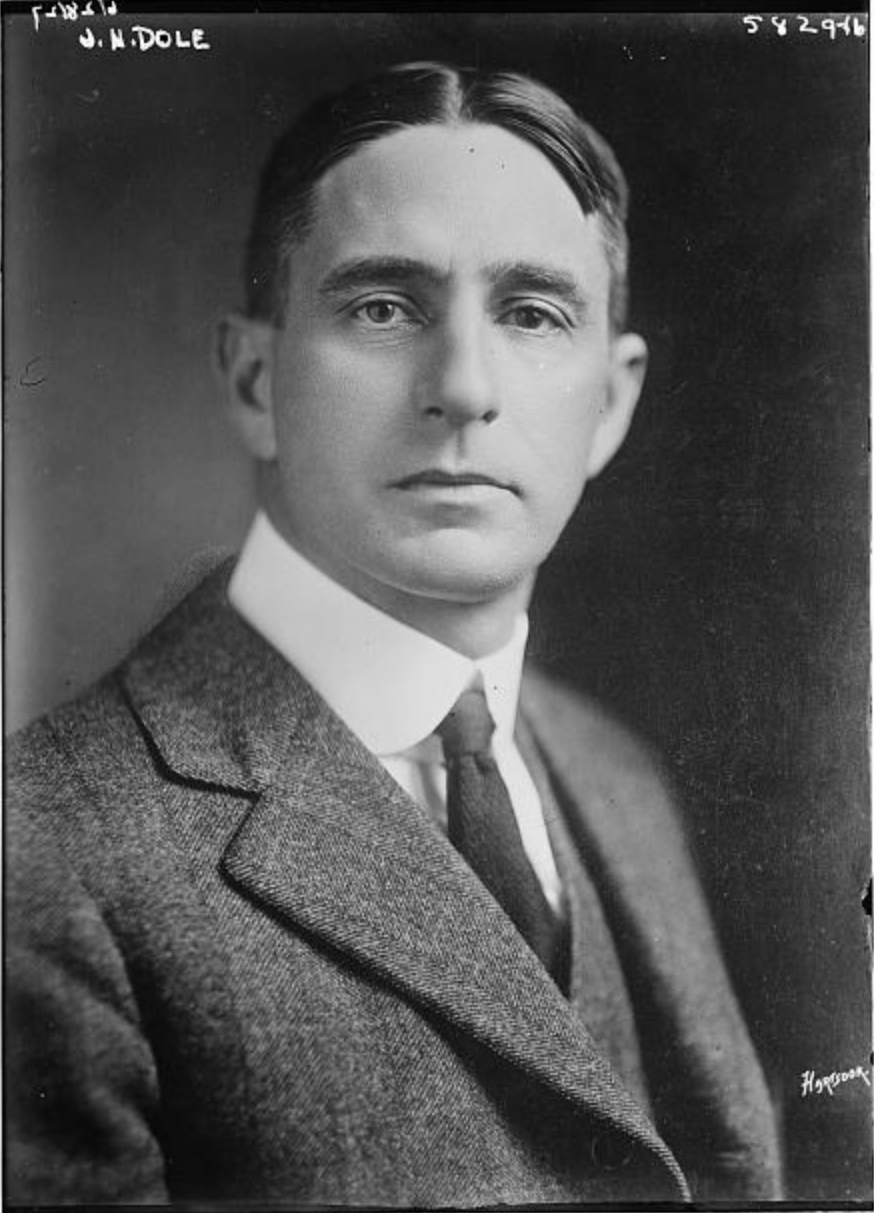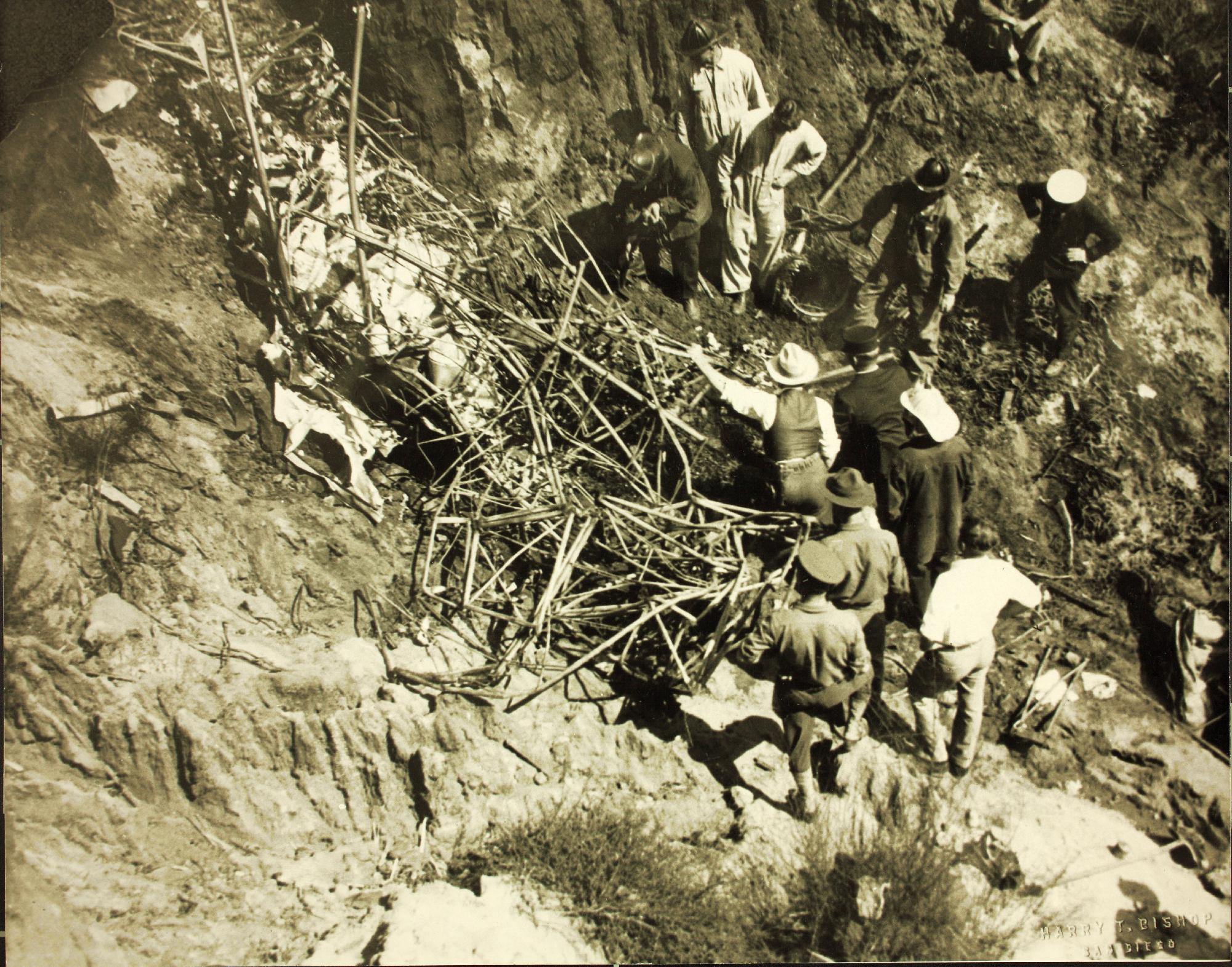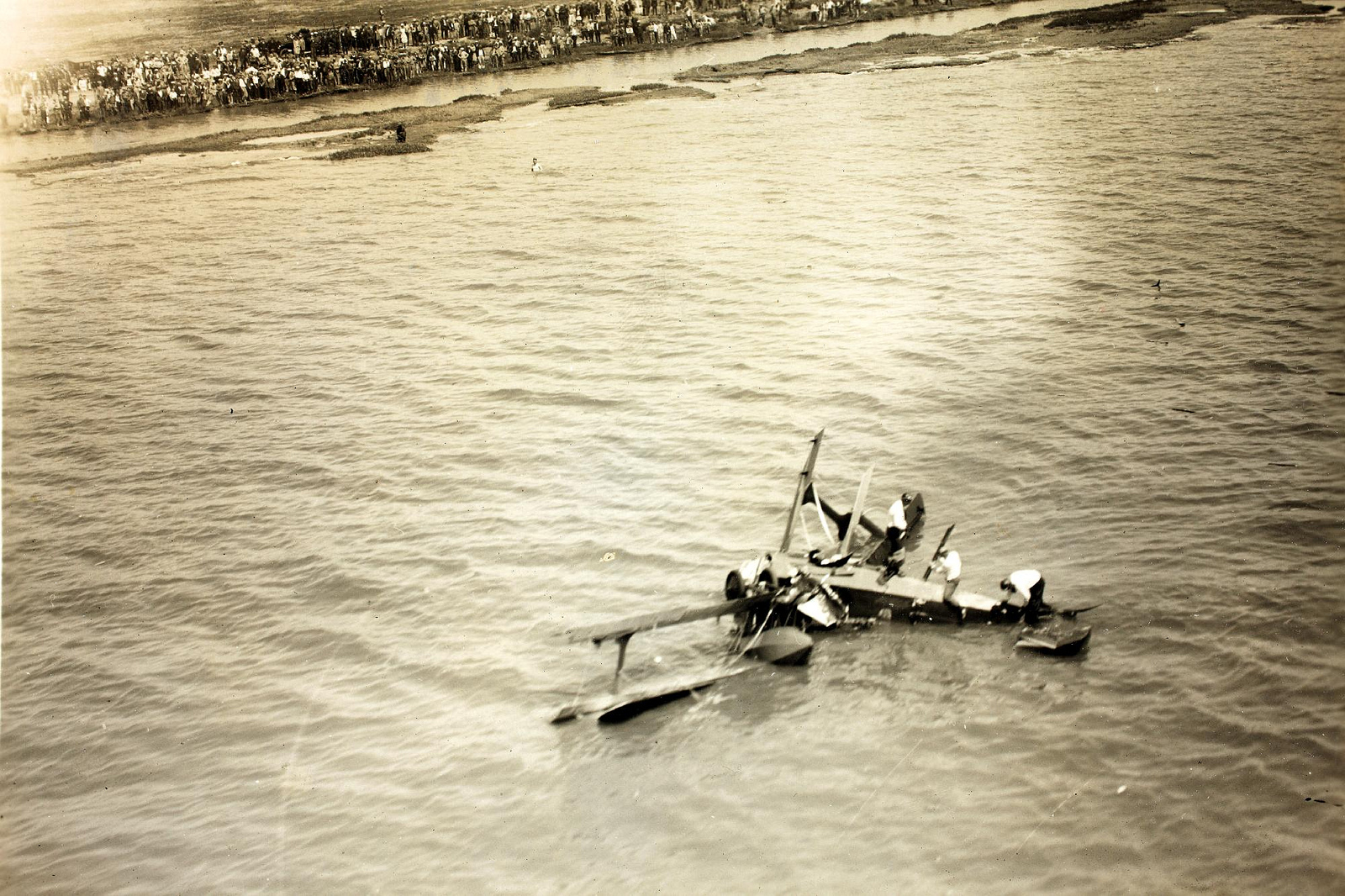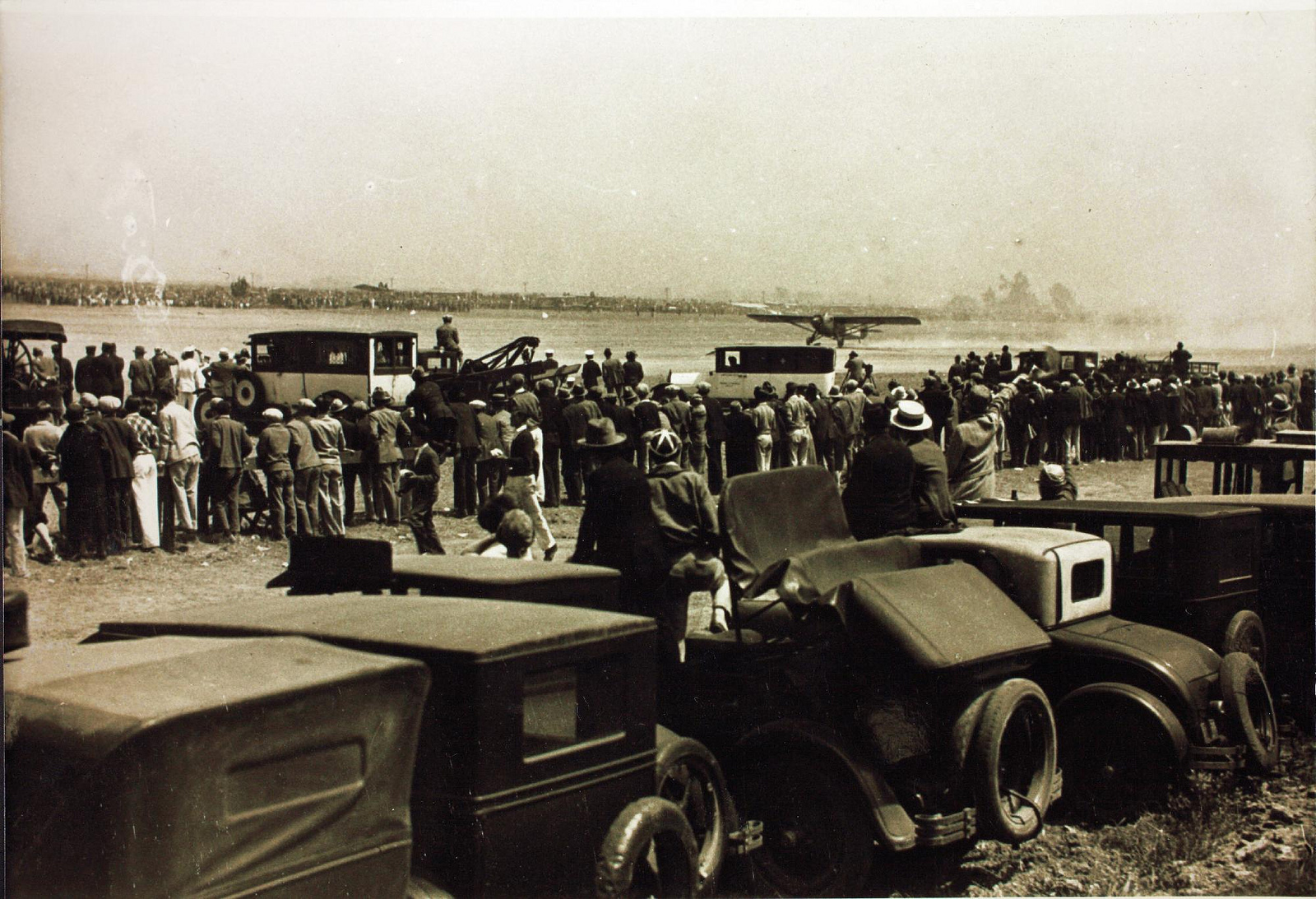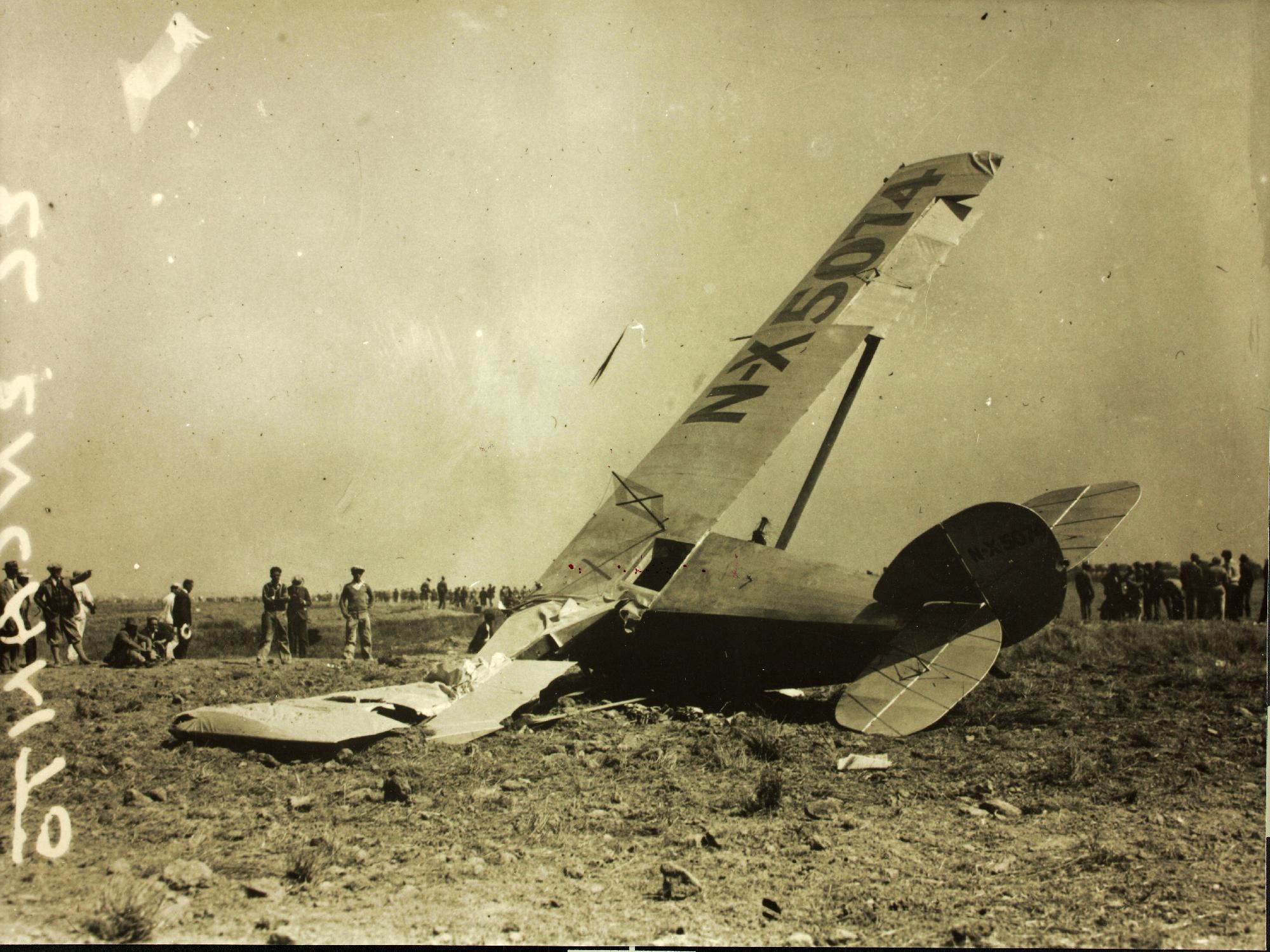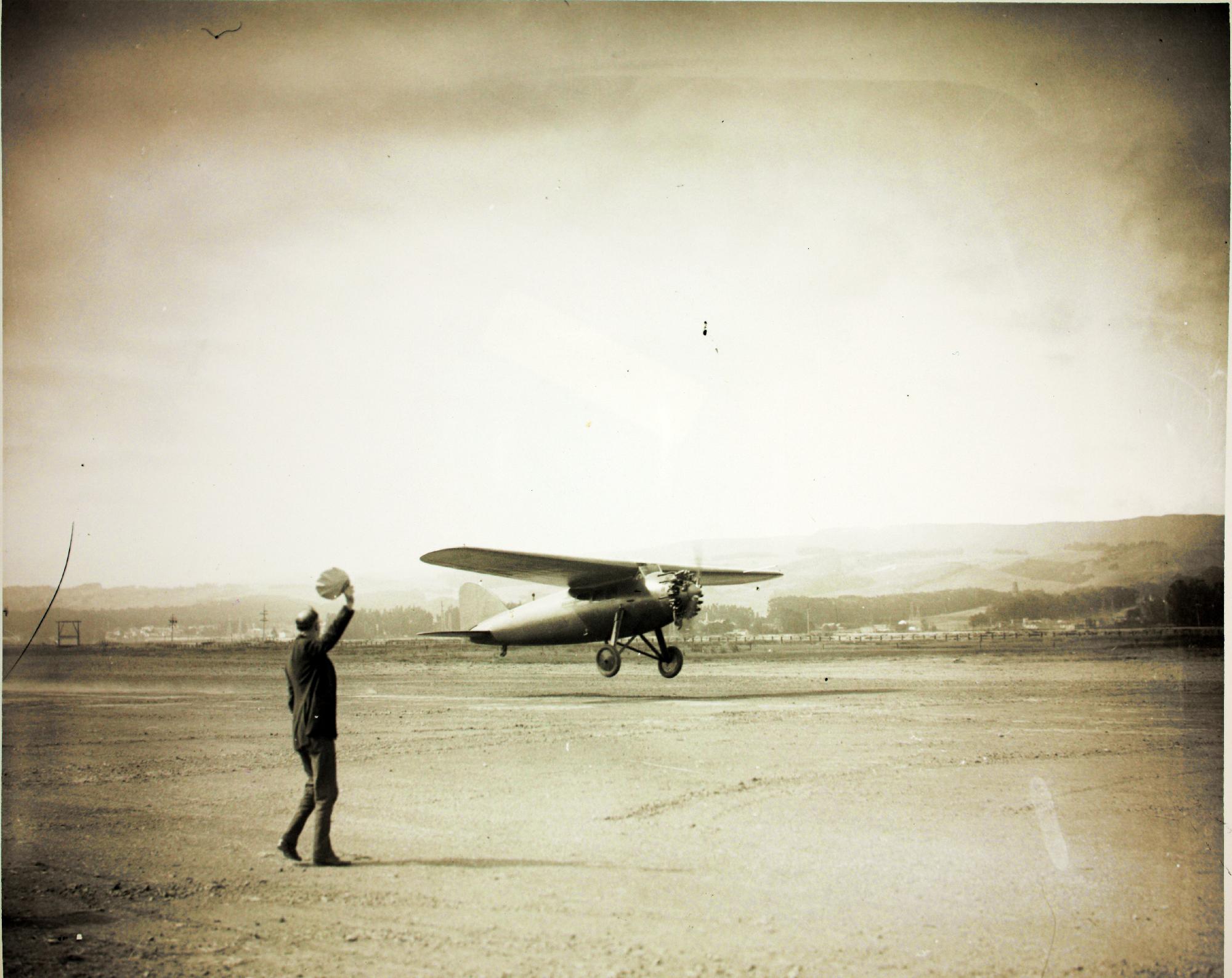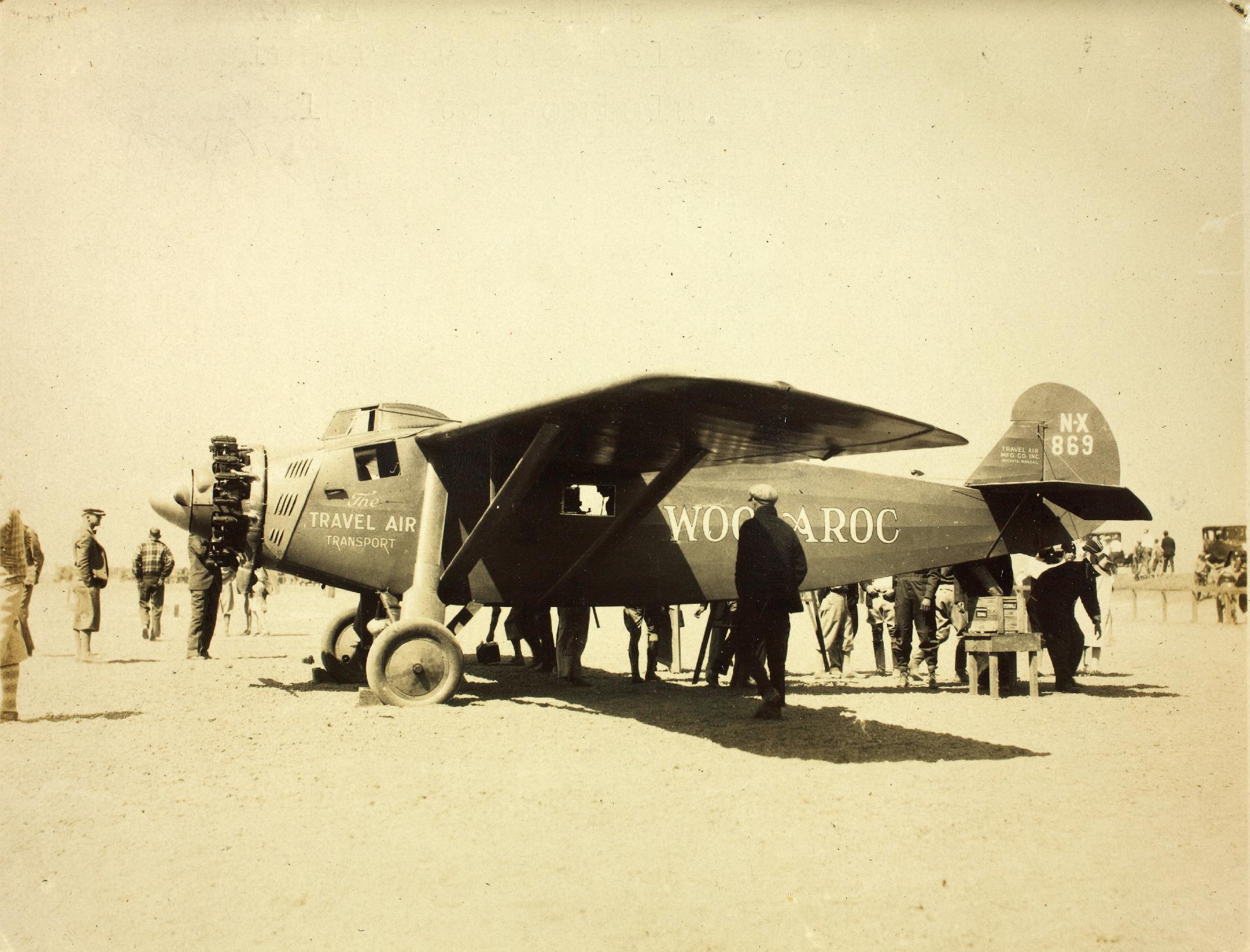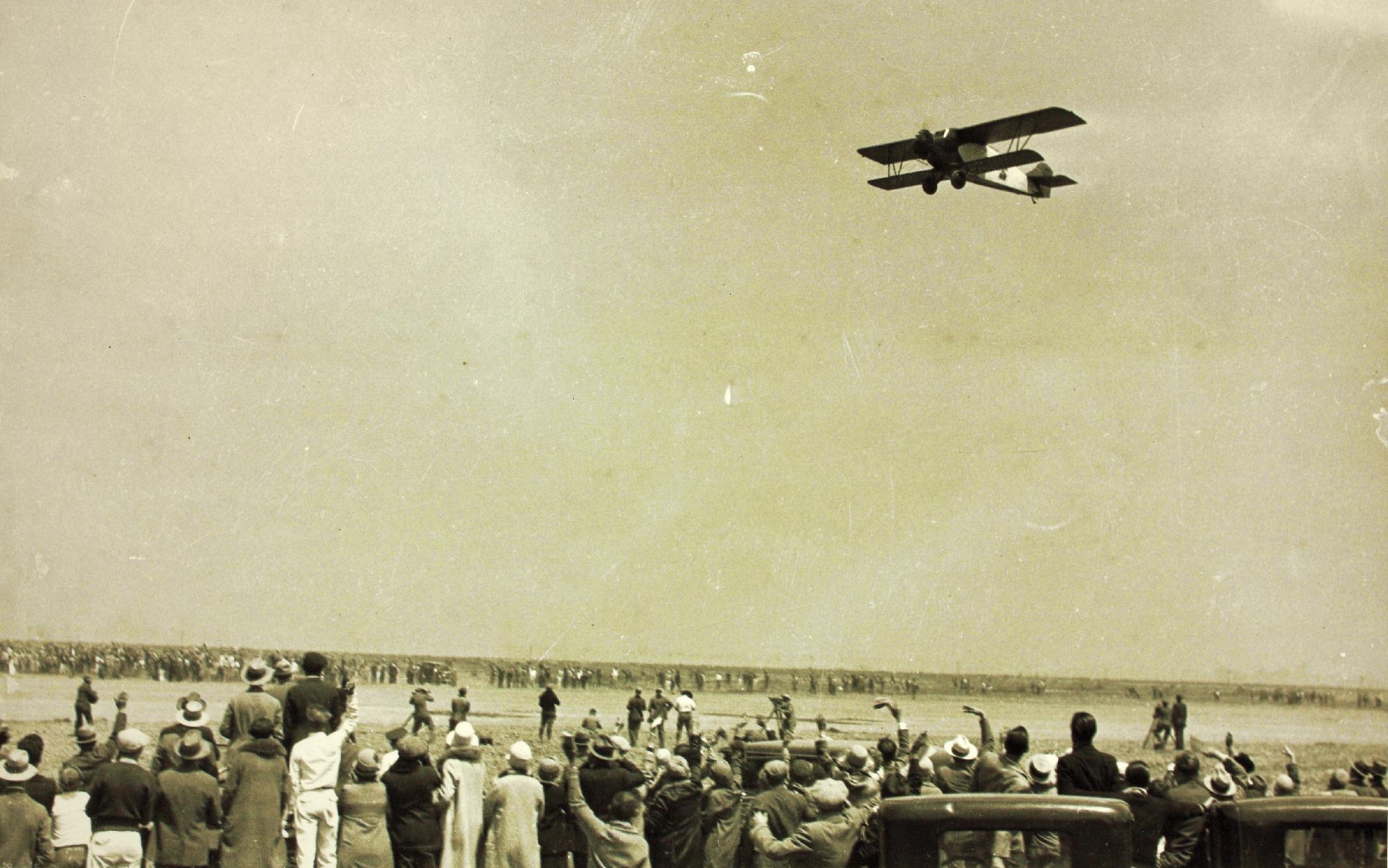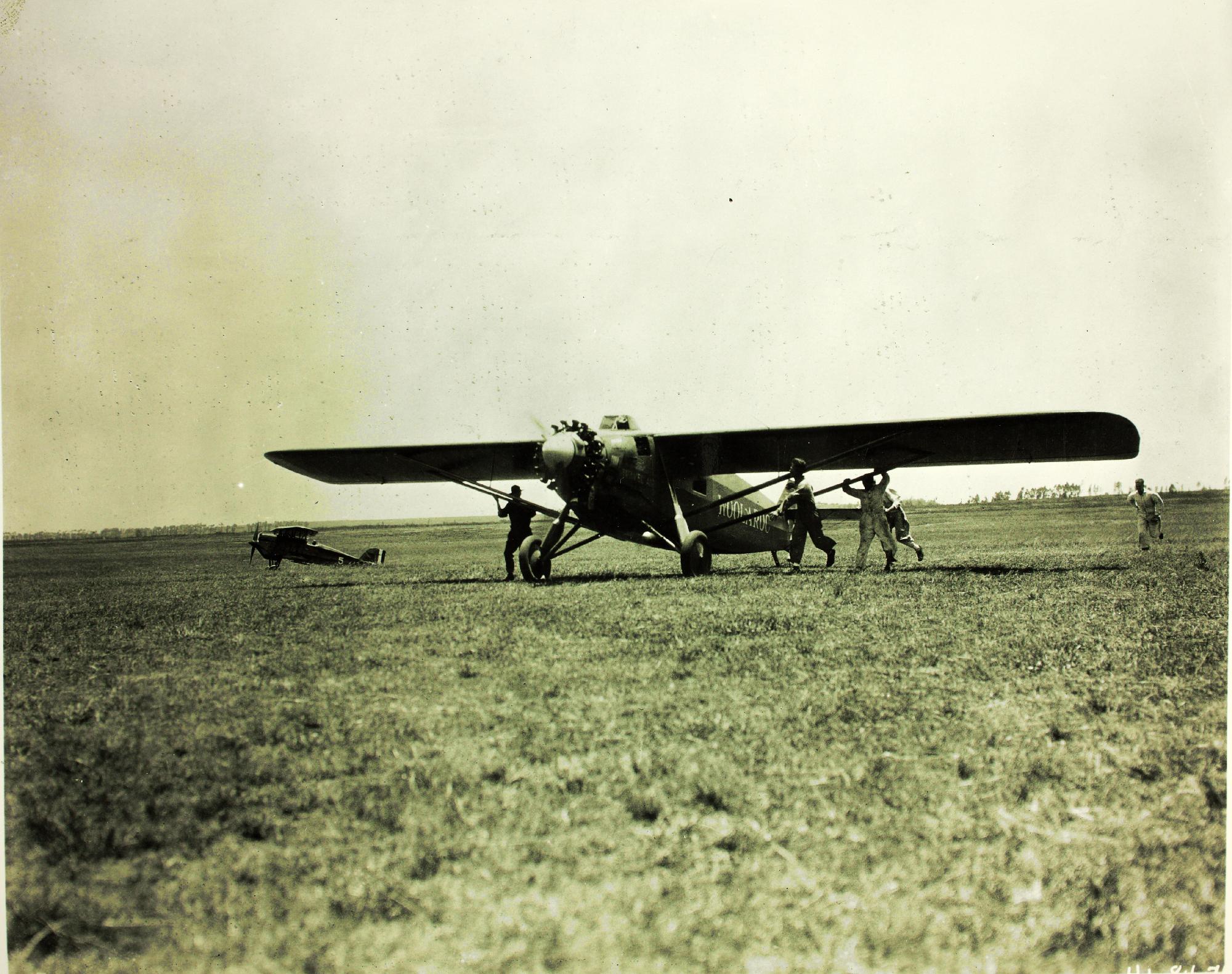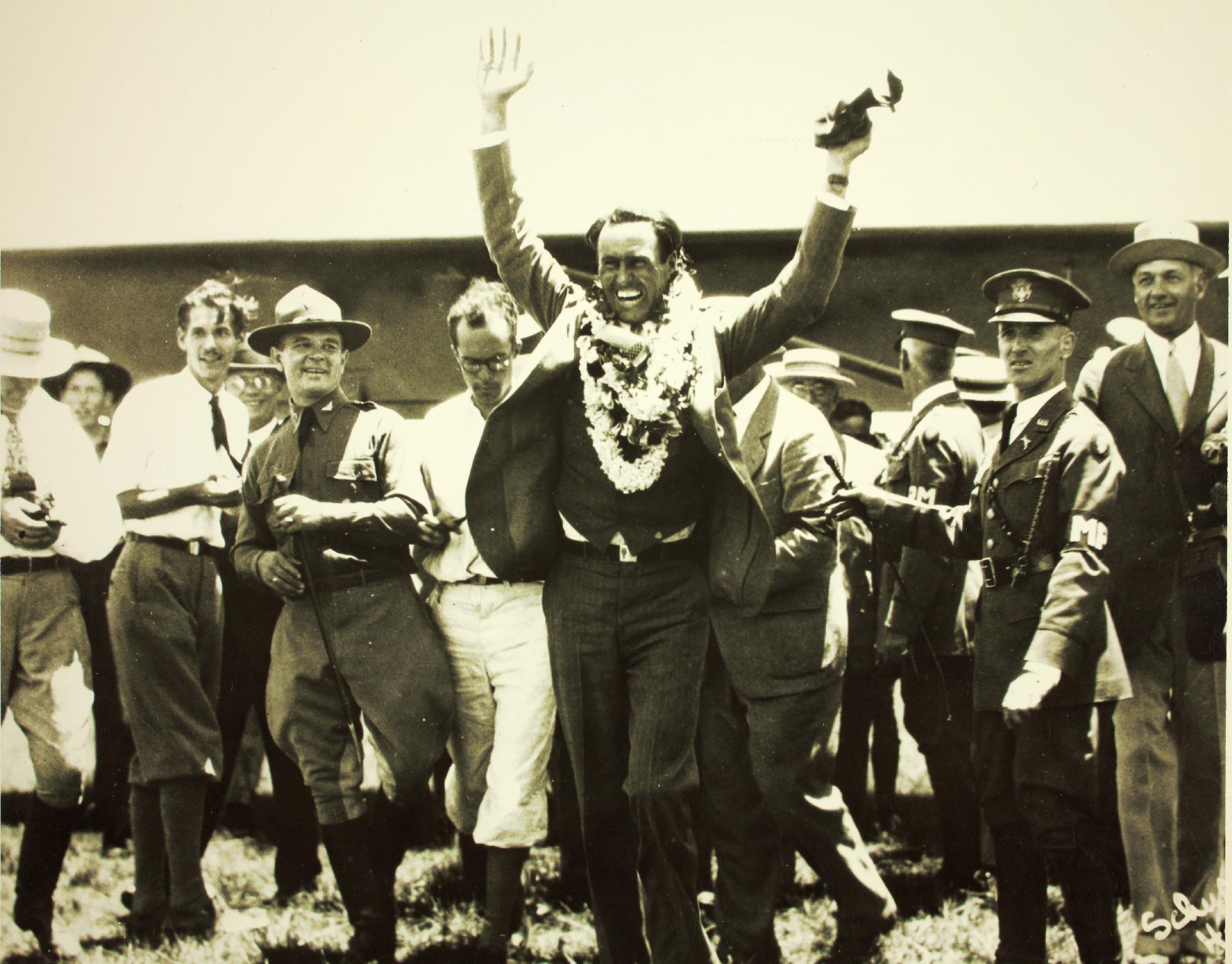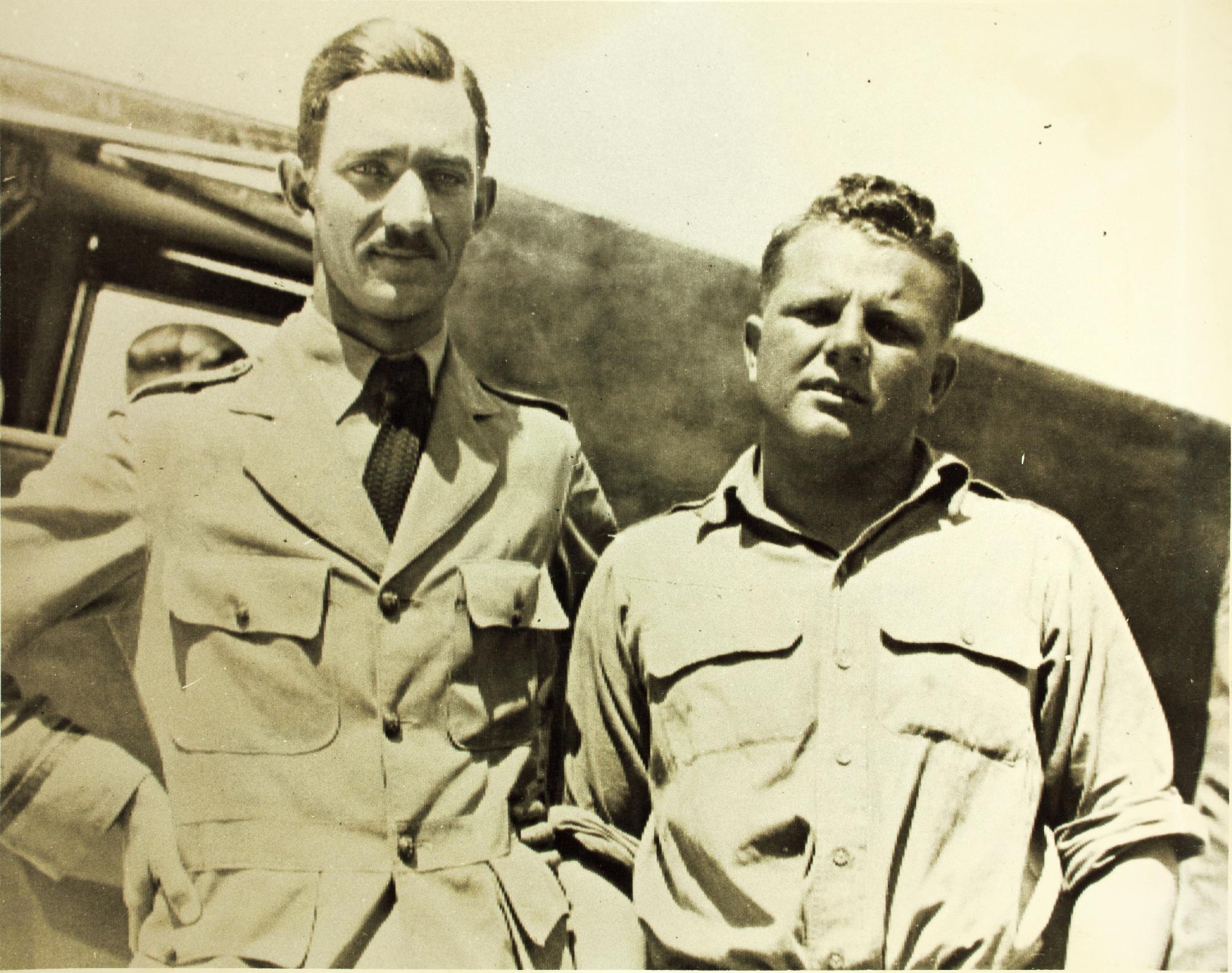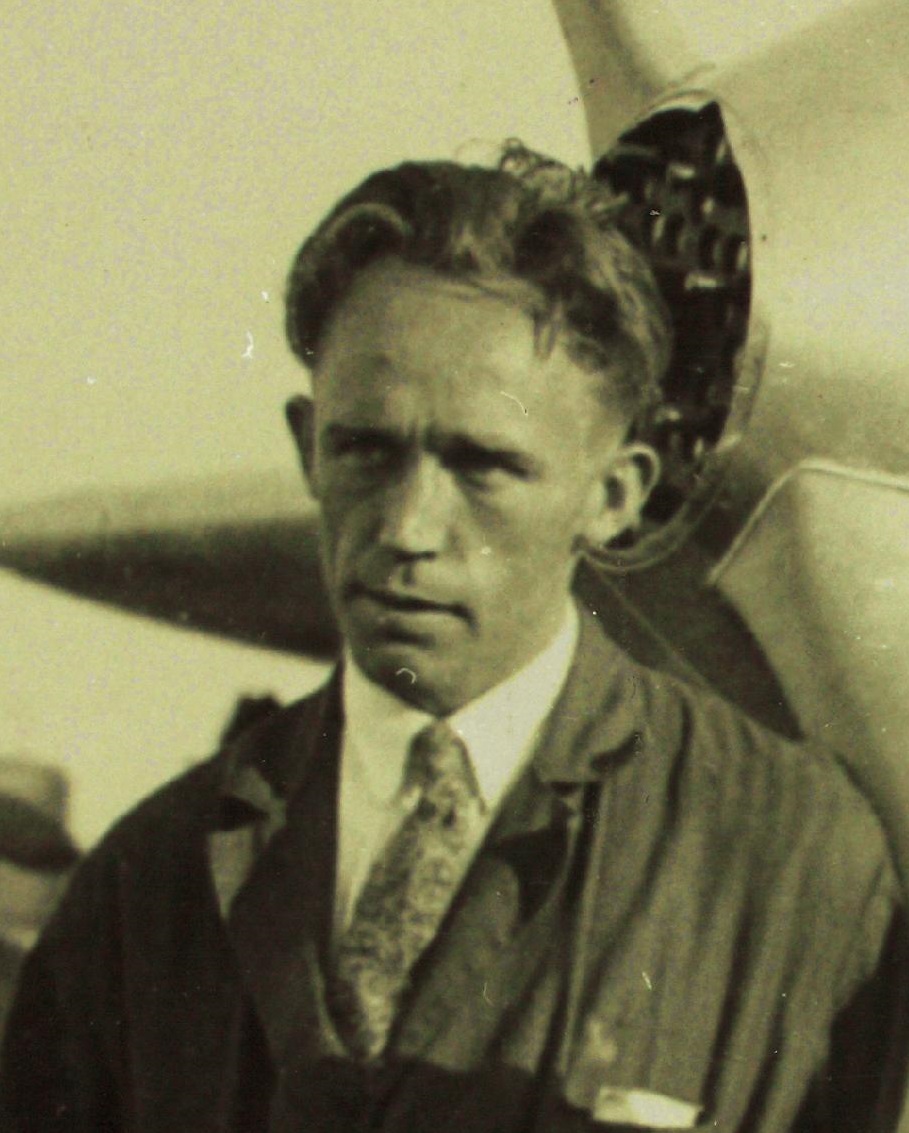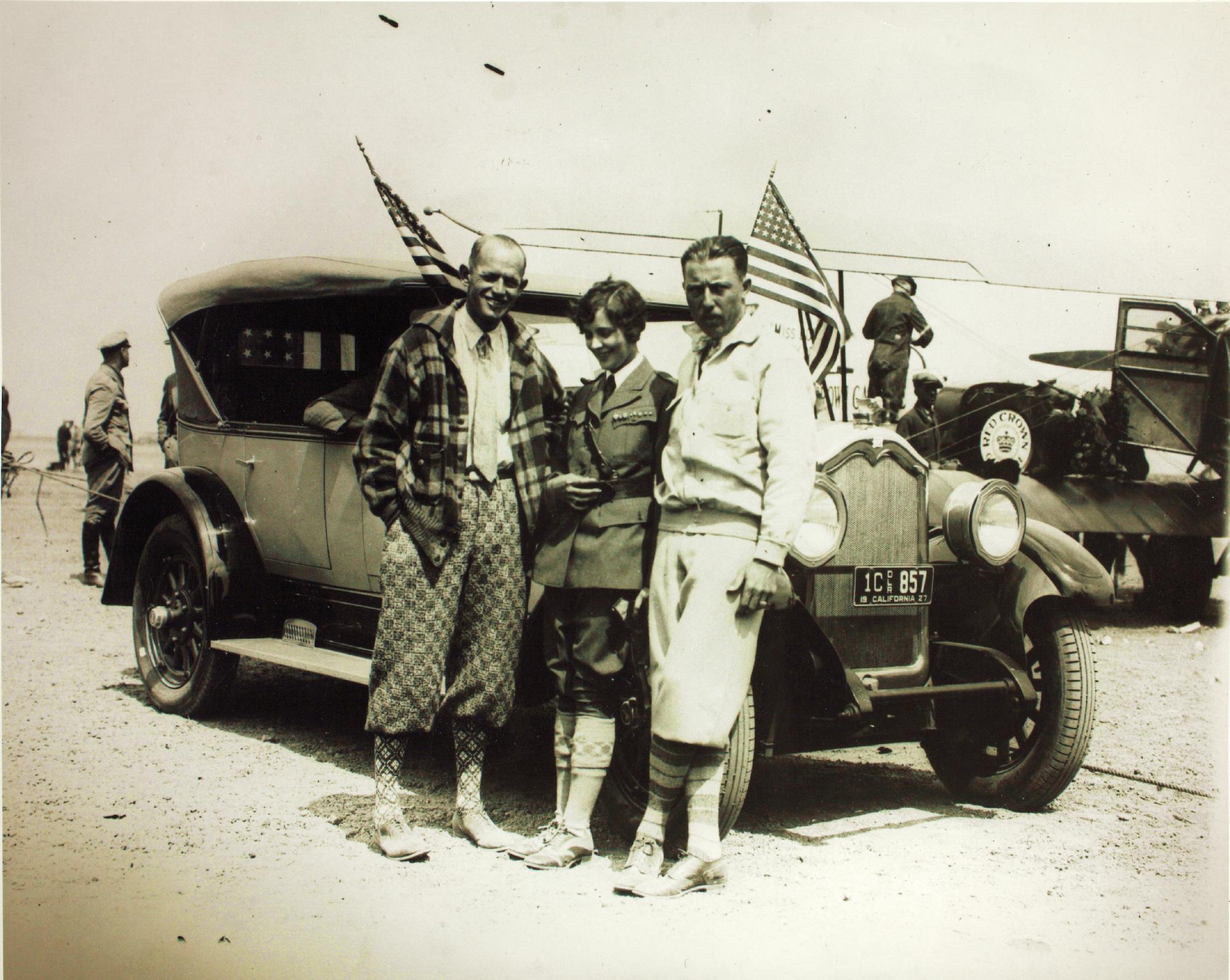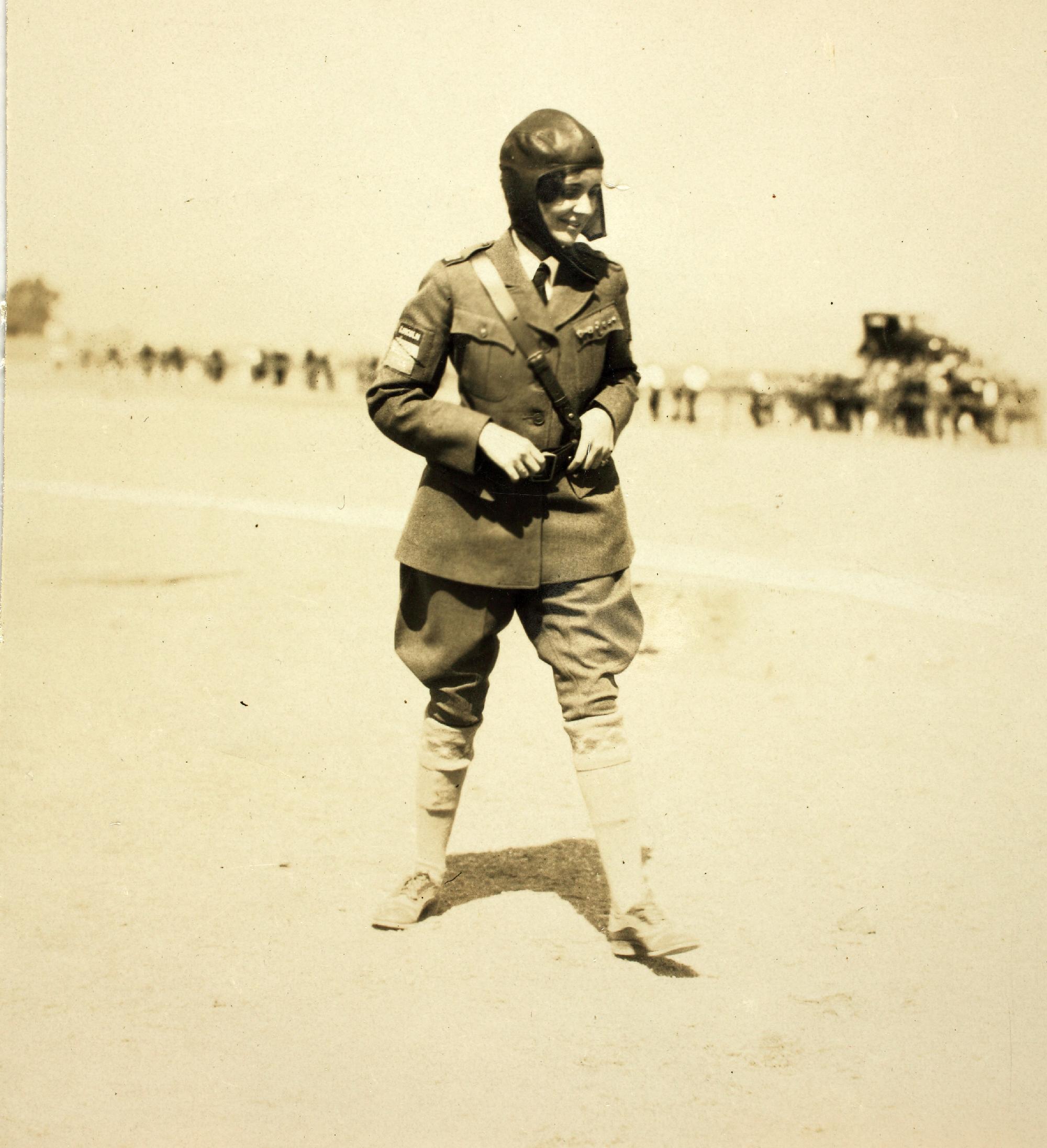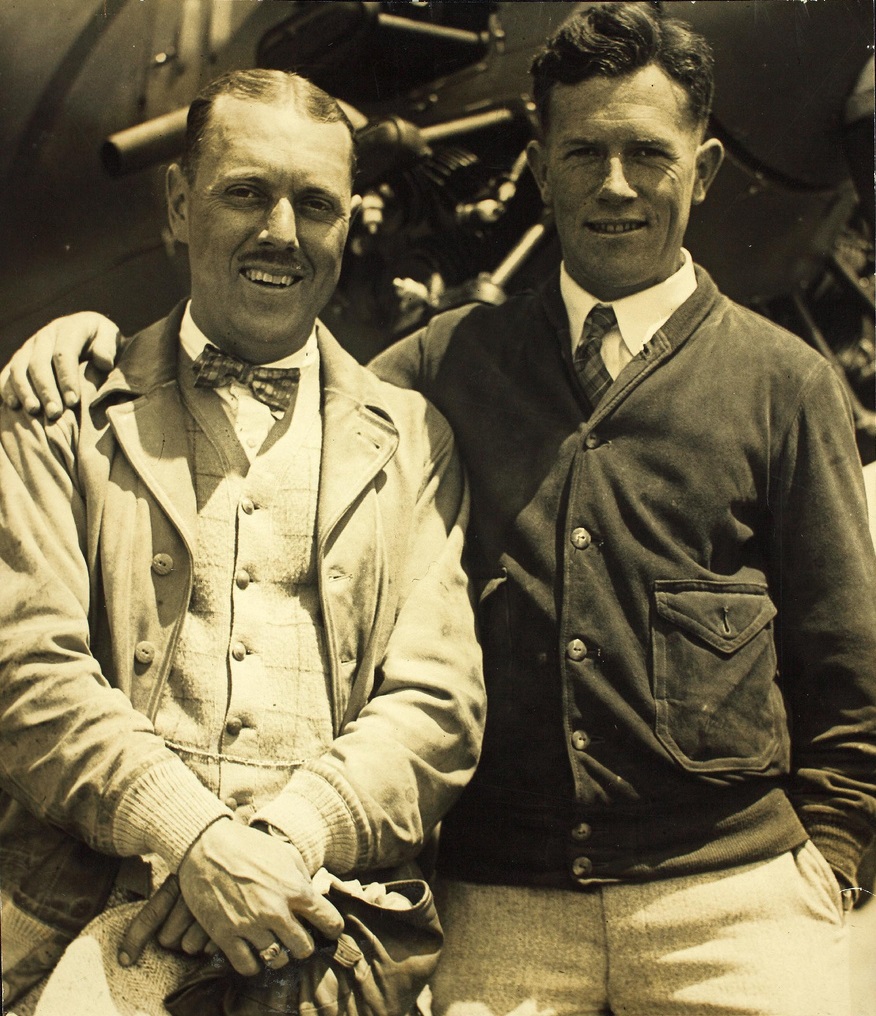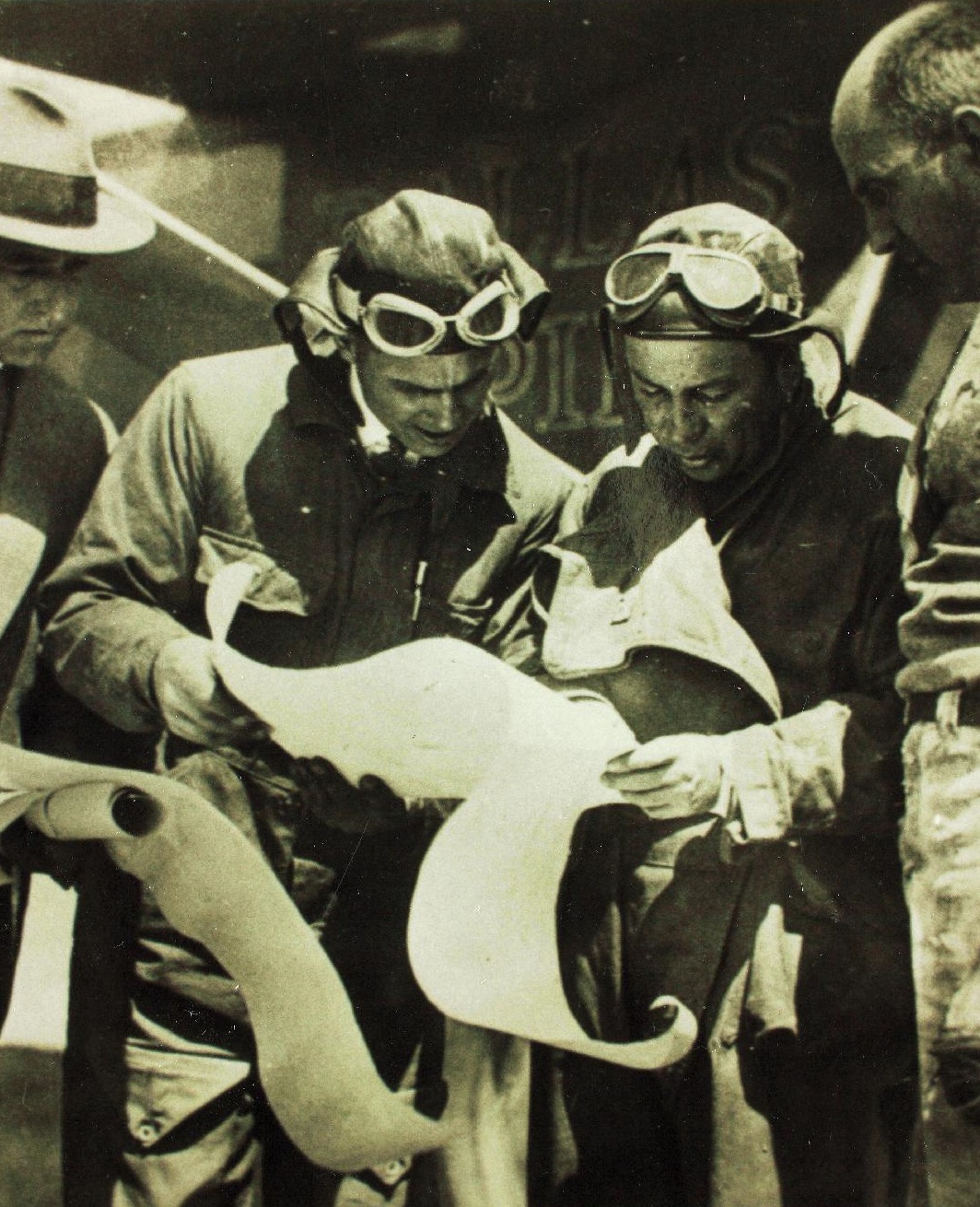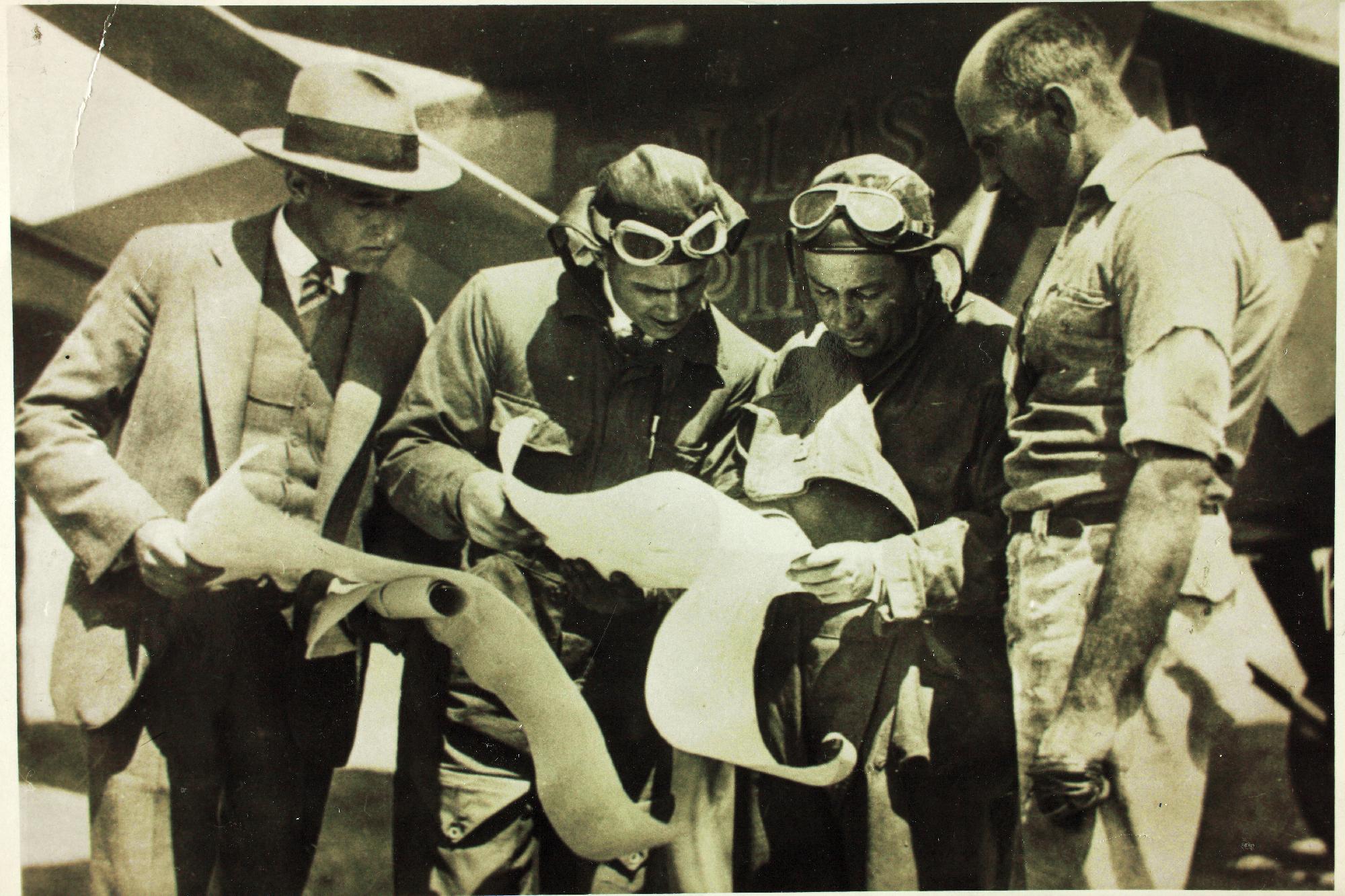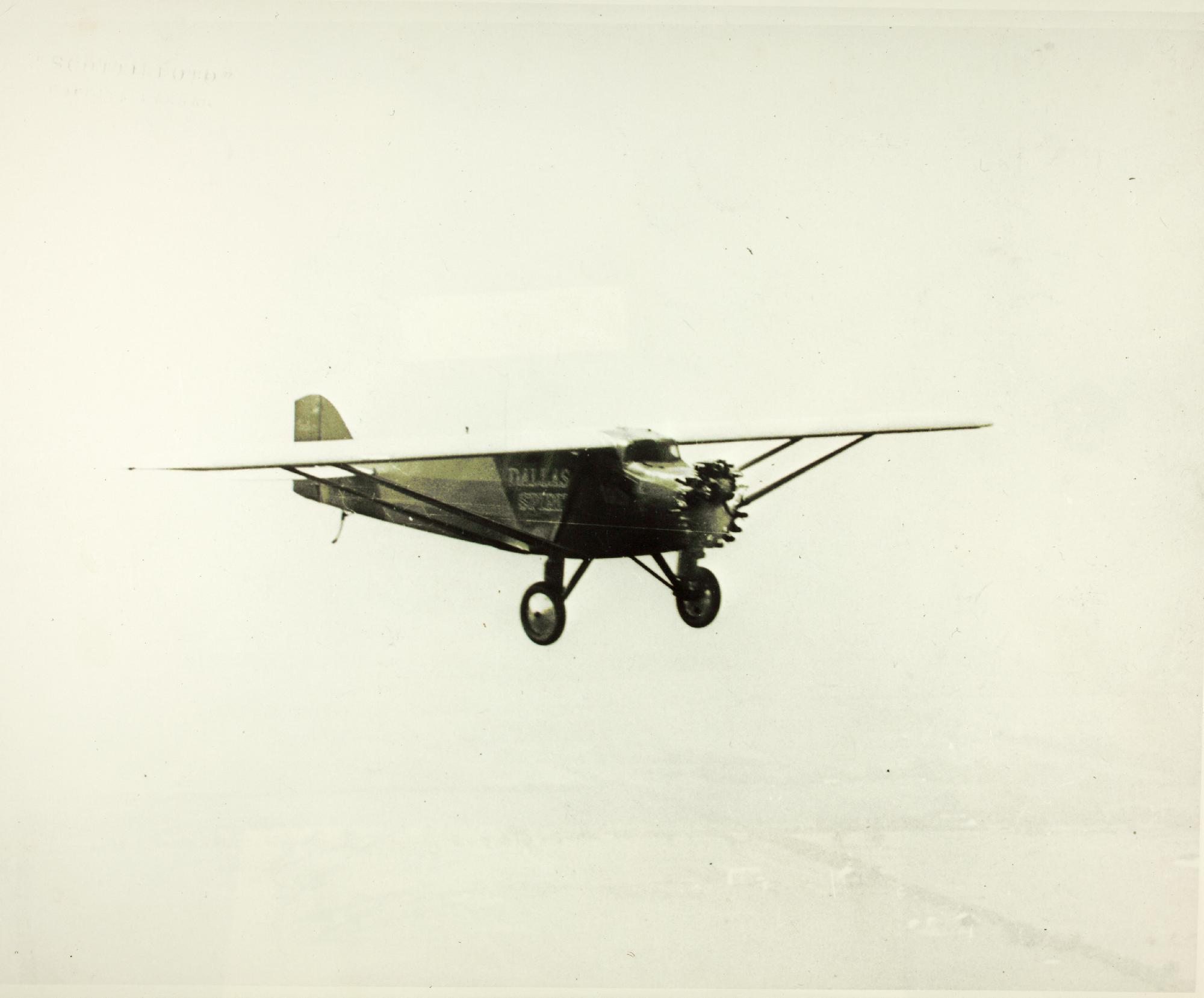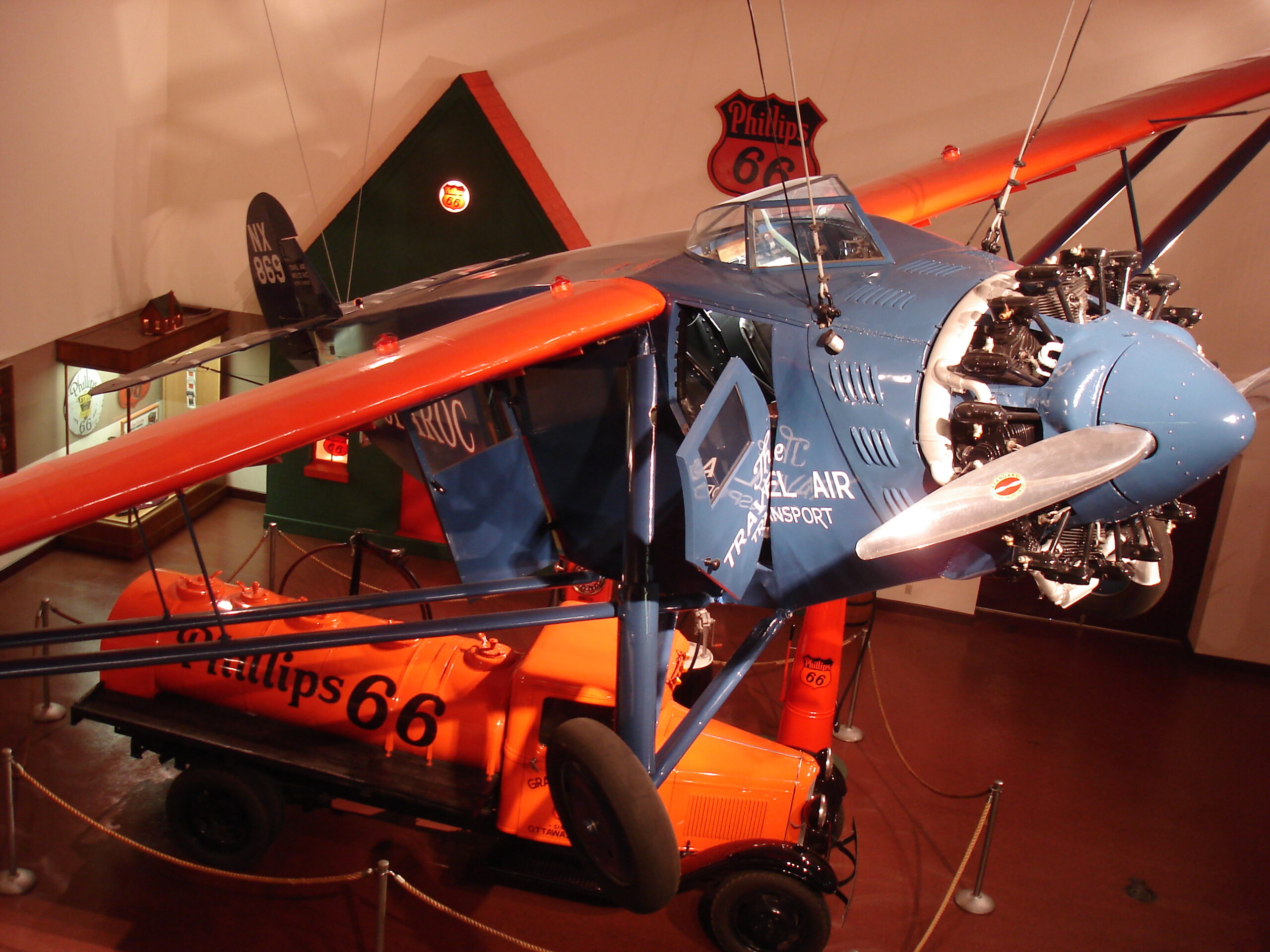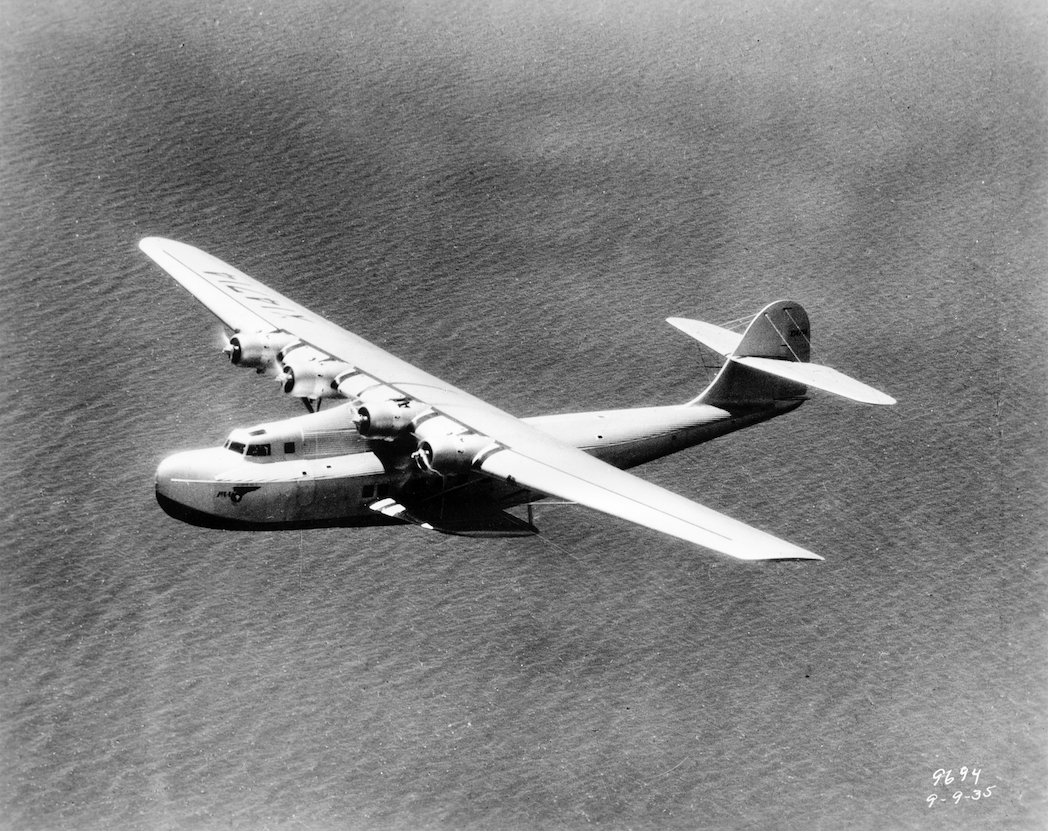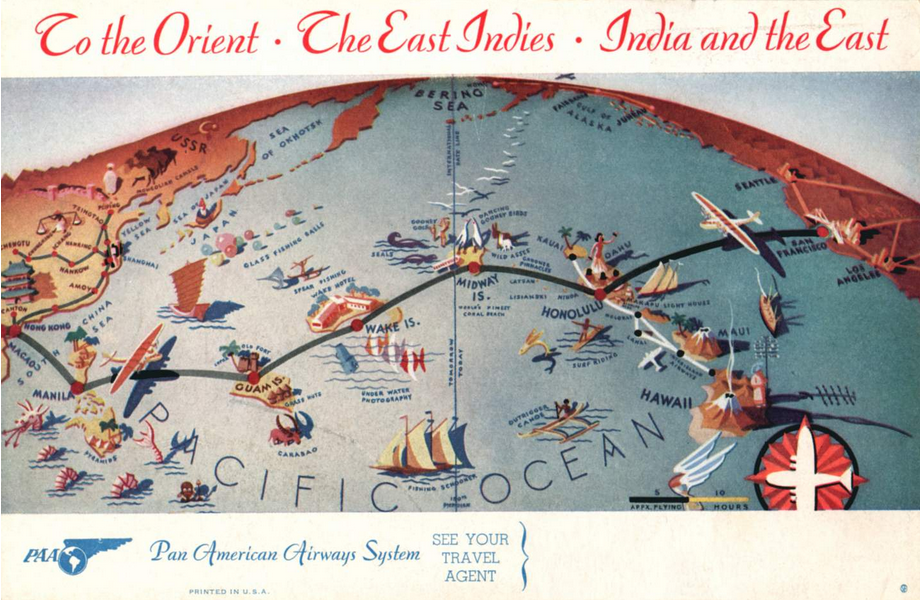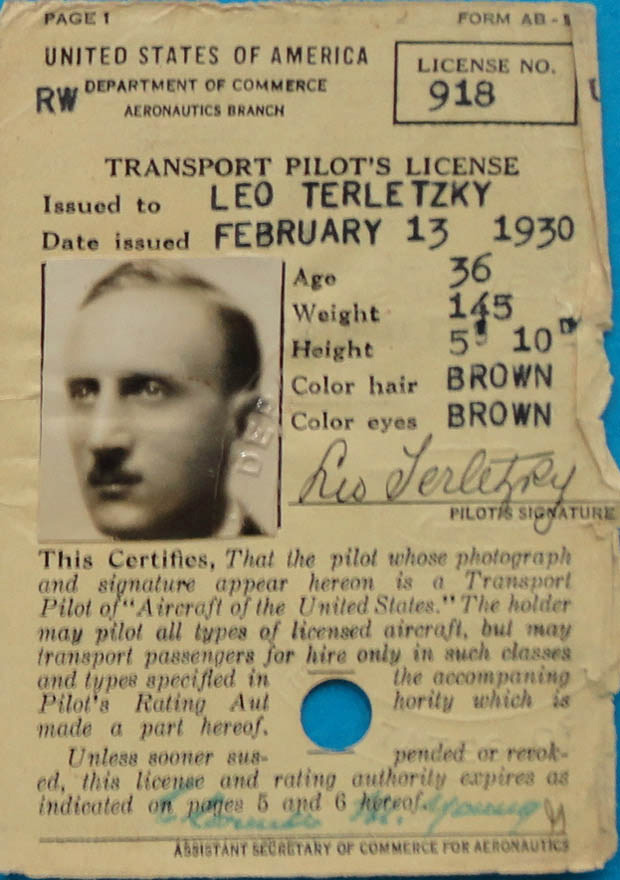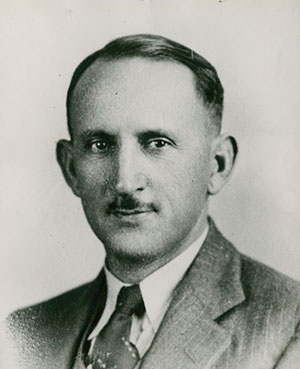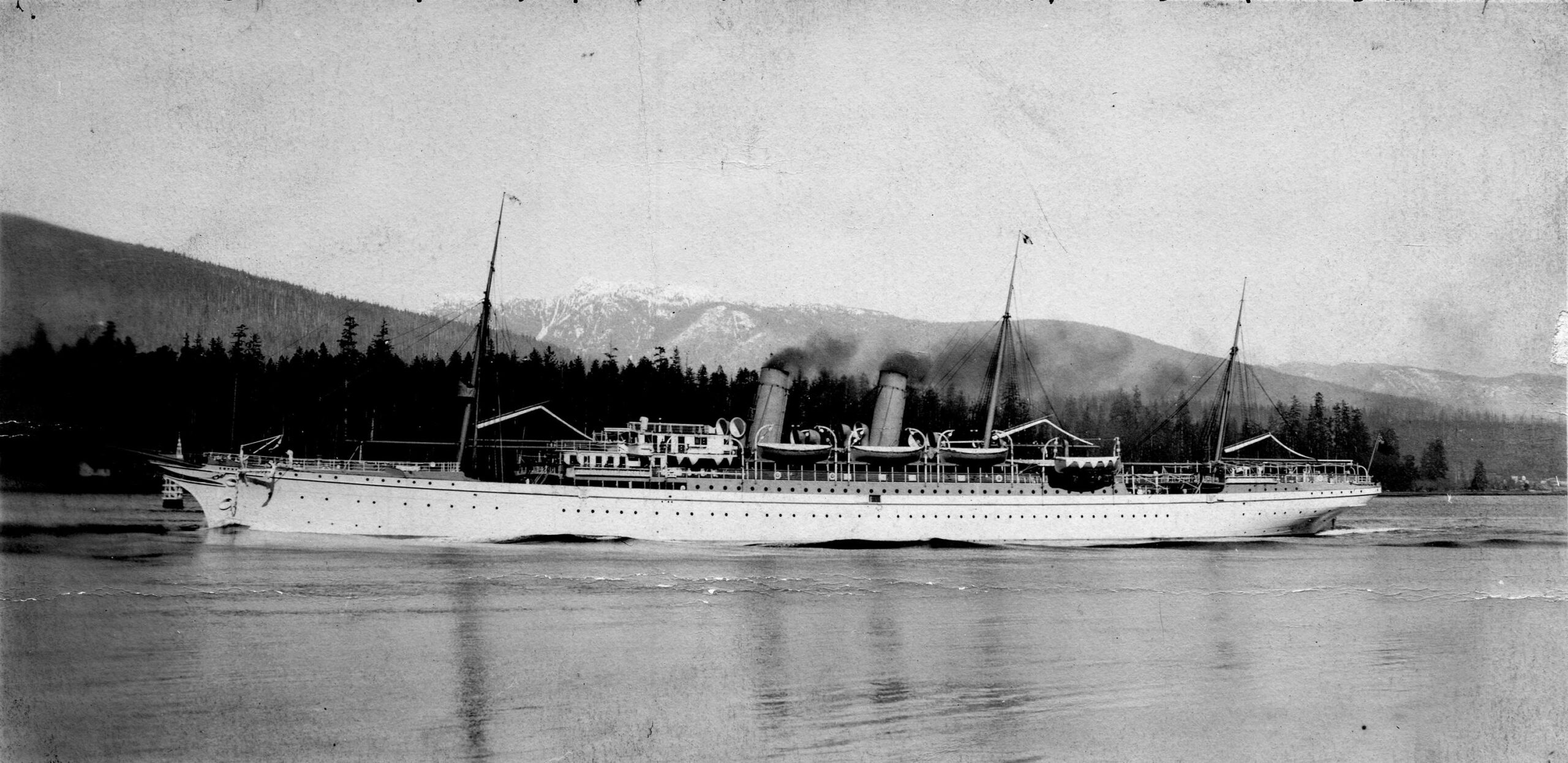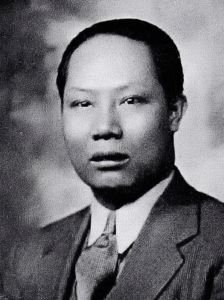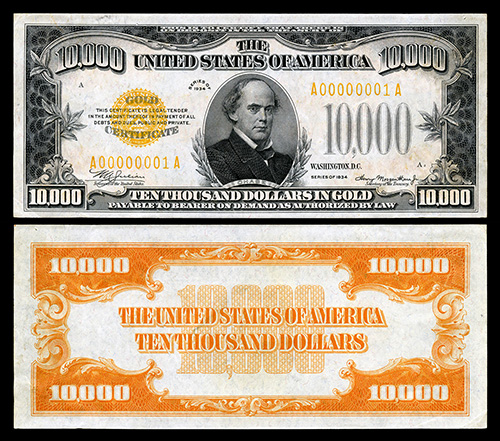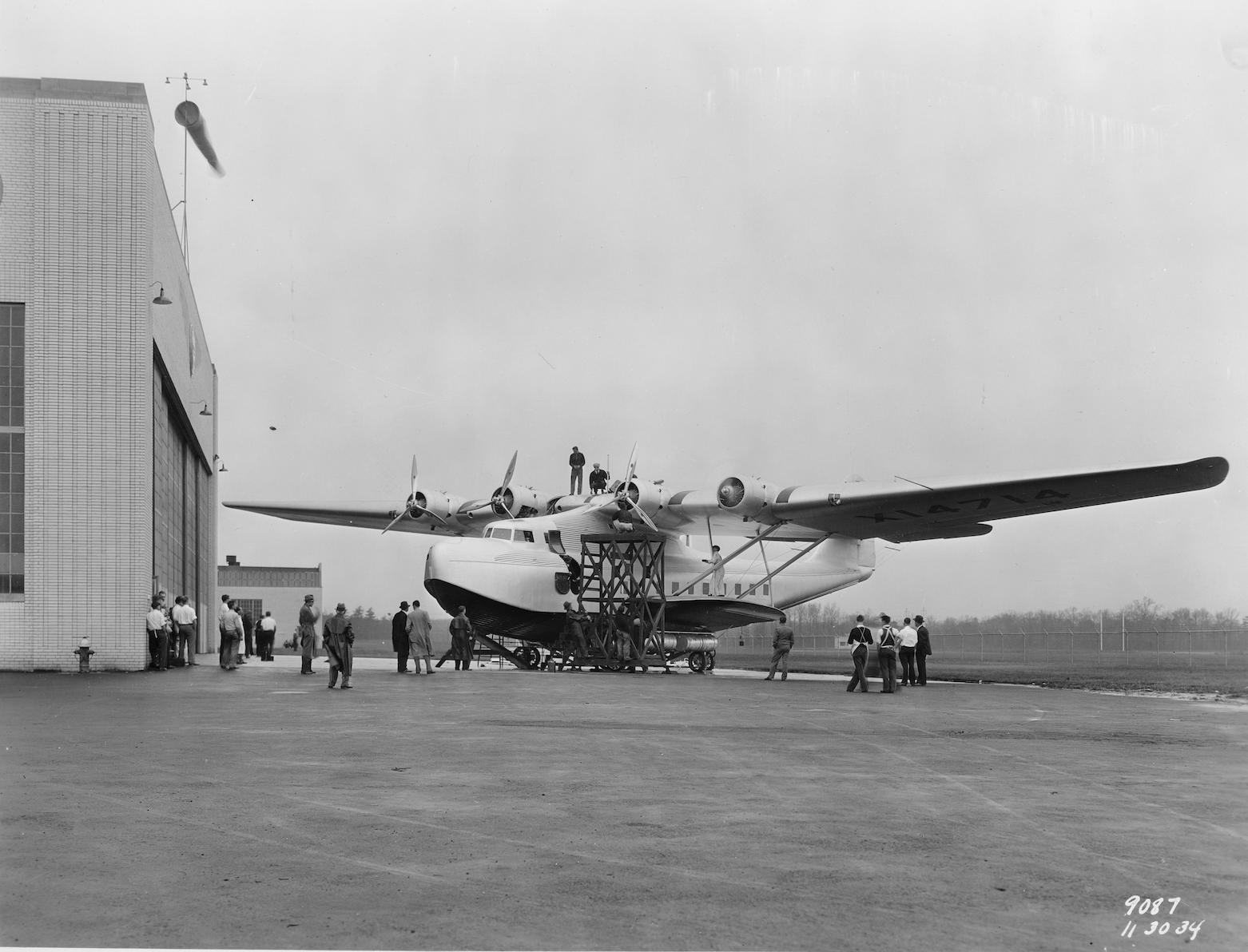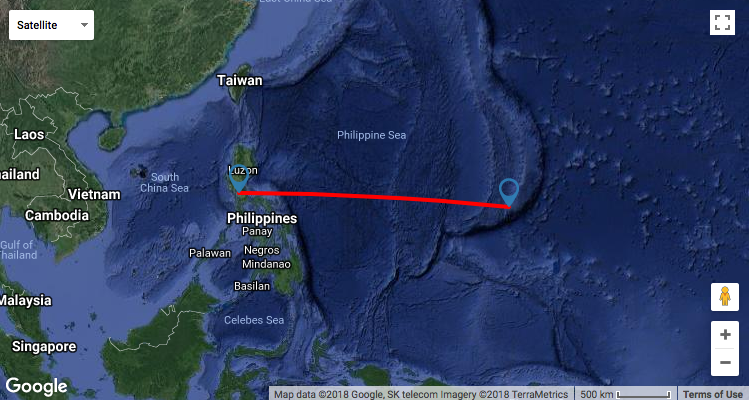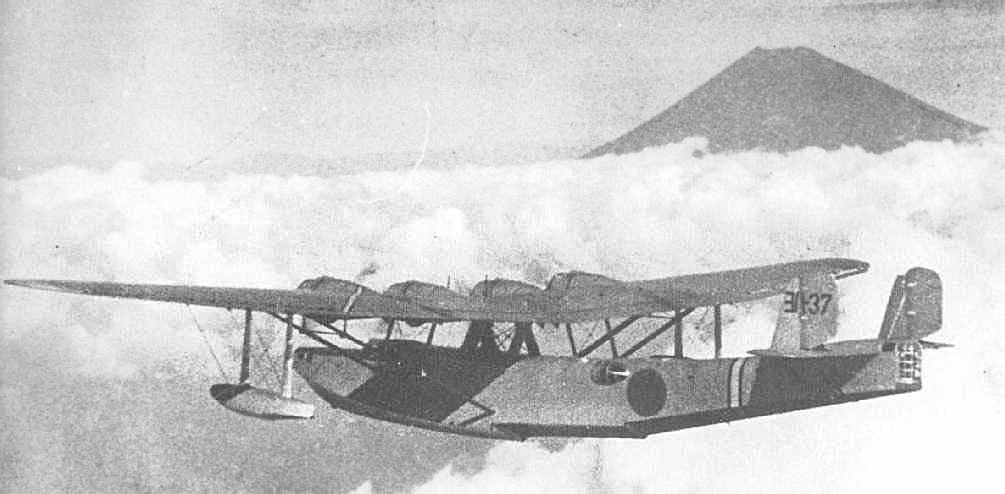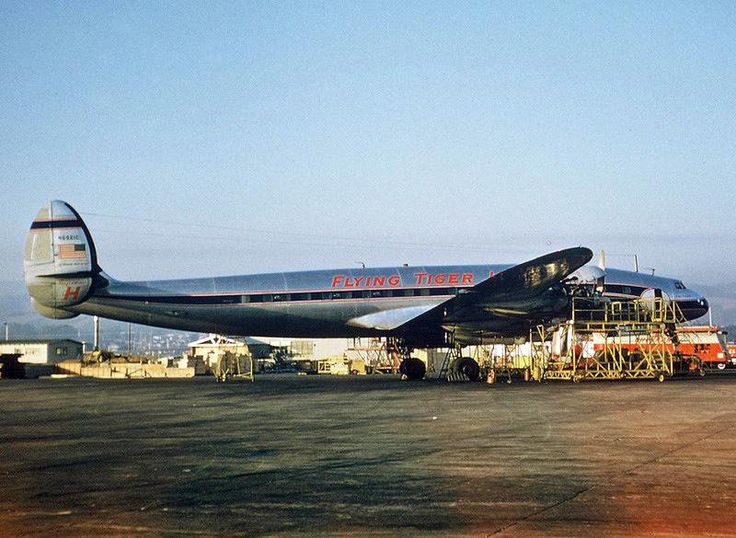
 15 March 1962: Flying Tiger Line Flight 7815/13 was a chartered flight for the Military Air Transport Service (M.A.T.S. Flight 739/14), from Travis Air Force Base, Fairfield, California, to Saigon, Republic of Vietnam, with scheduled refueling stops at Honolulu, Hawaii; Wake Island; Naval Air Station Agana, Guam; and Clark Air Force Base, Luzon, Philippine Islands. The flight departed Travis at 0545 G.M.T., 14 March.
15 March 1962: Flying Tiger Line Flight 7815/13 was a chartered flight for the Military Air Transport Service (M.A.T.S. Flight 739/14), from Travis Air Force Base, Fairfield, California, to Saigon, Republic of Vietnam, with scheduled refueling stops at Honolulu, Hawaii; Wake Island; Naval Air Station Agana, Guam; and Clark Air Force Base, Luzon, Philippine Islands. The flight departed Travis at 0545 G.M.T., 14 March.
The airliner was a Lockheed L-1049H Super Constellation, N6921C, under the command of Captain Gregory P. Thomas. The flight crew consisted of three pilots, two flight engineers, and two navigators/radio operators. There were four stewardesses in the passenger cabin, with 96 passengers. Three of the passengers were Vietnamese military personnel, while the remainder were U.S. Army electronics and communications specialists.
The Super Constellation departed Guam for Luzon at 1257 G.M.T, 15 March. It climbed to 18,000 feet (5,486 meters). The estimated flight time for this leg was 6 hours, 19 minutes. The airplane carried sufficient fuel for 9 hours, 30 minutes of flight.
At 1422 G.M.T., M.A.T.S. flight 739/14 radioed the Guam International Flight Service Station, reporting their position at 1416 hours as North 13° 40′, East 140°, and cruising at 18,000 feet (5,486 meters). The navigator gave the flight’s estimated position at 1530 G.M.T. as N. 14° 00′, E. 135° 00′.
There was no 1530 hours position report from Flight 739. Beginning at 1533 G.M.T., the Guam I.F.S.S. began attempting to contact the airliner, but was unsuccessful. At 1943 hours, the Joint Rescue Coordination Centers at NAS Agana and Clark AFB began search and rescue operations. At 2227 hours, the airliner was declared lost.
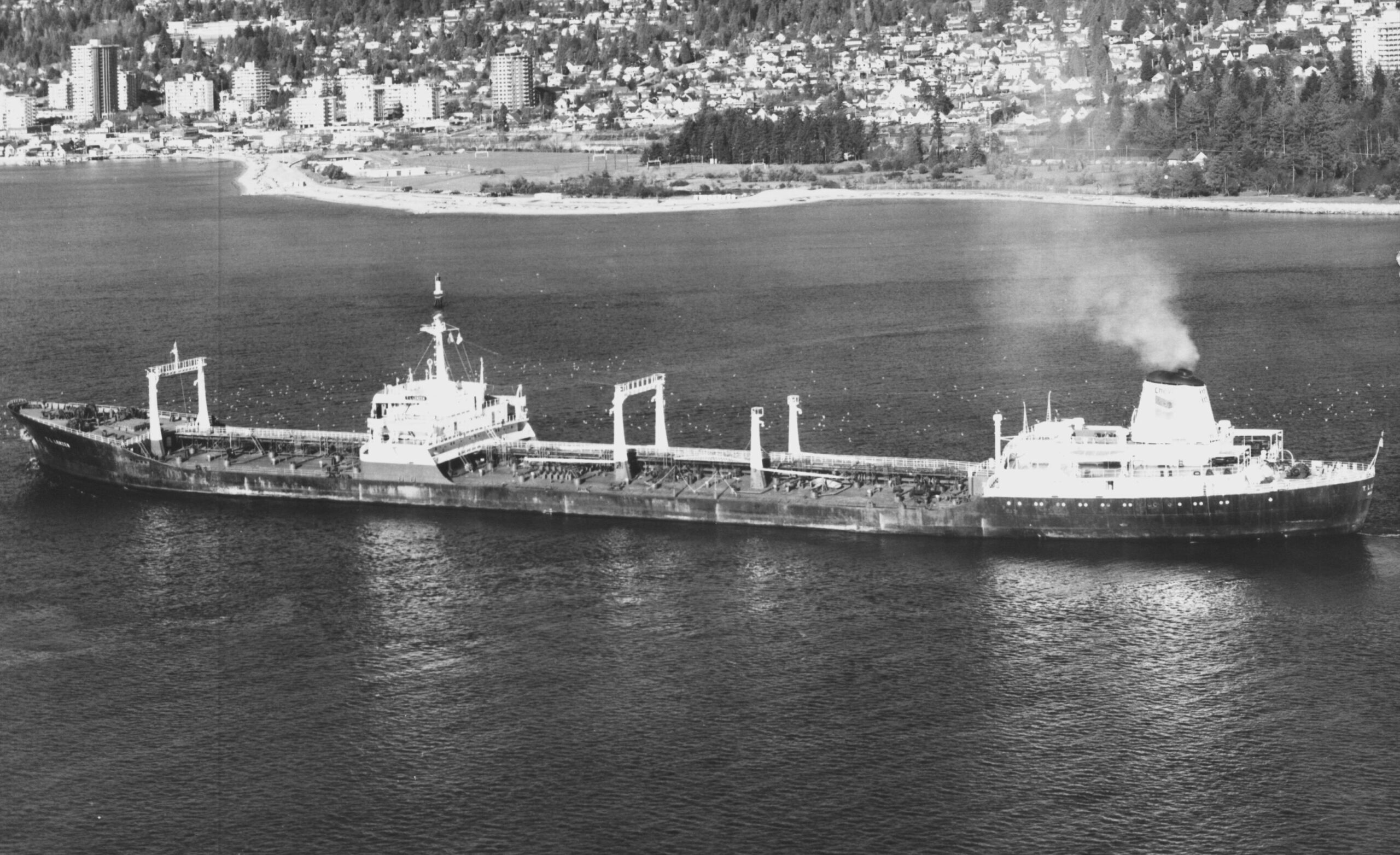
The crew of the Standard Oil Company tanker S.S. T. L. Lenzen reported that at 1530 G.M.T., (1:30 a.m., local time), five persons on board had witnessed a midair explosion near Flight 739’s estimated position for that time. The flash was bright enough to illuminate the ship’s decks.
It was established, upon interrogation of five of the crew members, that shipboard lookouts had observed a midair explosion at the approximate position and time when N 6921C was expected to reach 14°00′ North and 135°00′ East. It was recalled that a vapor trail, or some phenomenon resembling a vapor trail, was first observed overhead and slightly to the north of the tanker and moving in an east to west direction. The Lenzen was cruising on a heading of 077° at this time. As this vapor trail passed behind a cloud, there occurred an explosion which was described by the witnesses as intensely luminous, with a white nucleus surrounded by a reddish-orange periphery with radial lines of identically colored light. The explosion occurred in two pulses lasting between two and three seconds and from it two flaming objects of unequal brightness and size apparently fell, at different speeds, into the sea. During the last 10 seconds of the fall of the slower of the two objects, a small bright target was observed on the ship’s radar bearing 270°, range 17 miles.
The captain of the Lenzen stated that he arrived on deck in time to observe the fall of the slower object for approximately 10 seconds before it disappeared from view. He estimated its position in reference to a star and ordered the ship’s course reversed and, after aligning the heading of the vessel with the star, found his heading to be 270°—the same as the bearing of the target previously seen on radar. The captain reported that the weather at that time was: ‘moonlight, clear atmosphere, 1/4 covered sky by small cumulus clouds evenly distributed.’ The ship proceeded to the position of the radar target and searched the area until 2105 at which time the original course was resumed. No signals or unusual sightings were reported.
The subsequent search, one of the most extensive ever conducted in the history of aviation, covered 144,000 square miles and utilized 1,300 people, 48 aircraft, and 8 surface vessels. A total of 377 air sorties were flown which involved over 3,417 flying hours. Despite the thoroughness of the search, nothing was found that could conceivably be linked to the missing aircraft or its occupants.
—CIVIL AERONAUTICS BOARD, AIRCRAFT ACCIDENT REPORT, File No. 1-0002, 8 April 1963, at Pages 8–9
Probable Cause: The Board is unable to determine the probable cause of this accident from the evidence now available.
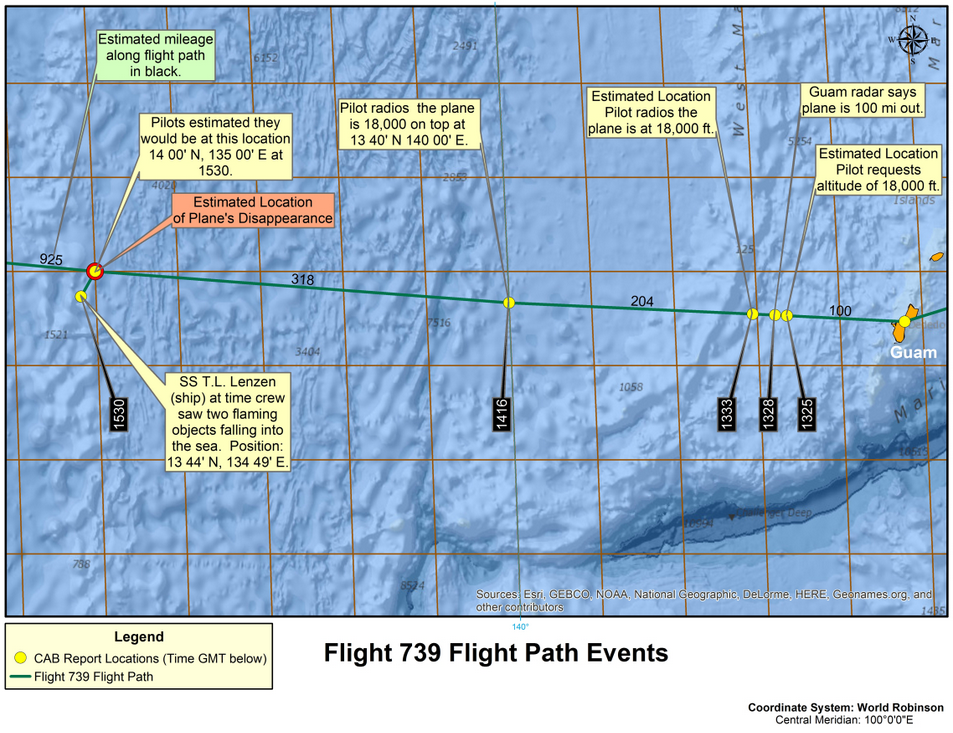
BURBANK, Calif. (AP)—Sabotage, already suspected in the mysterious disappearance of an airliner loaded with American troops, would be considered a stronger possibility than ever if it turns out the plane blew up.
A Flying Tiger Lines official said Sunday experts consider it impossible for a violent explosion to occur about aboard its Super Constellation under normal conditions.
“We’ve gone over it thoroughly the last few days,” said Frank B. Lynott, executive vice president for operation. “The only explosions known to happen would be in empty wing tanks, and none of these would have been empty then. So far as blowing completely apart,” he said, “there’s nothing that powerful aboard: fuel tanks don’t just go off like that.”
—Hartford Courant, Hartford, Connecticut, Volume CXXV, Number 78, Monday, 19 March 1962, Page 21 at Column 2
Another speculative theory was that the airliner had been hijacked in order to kidnap the passengers.
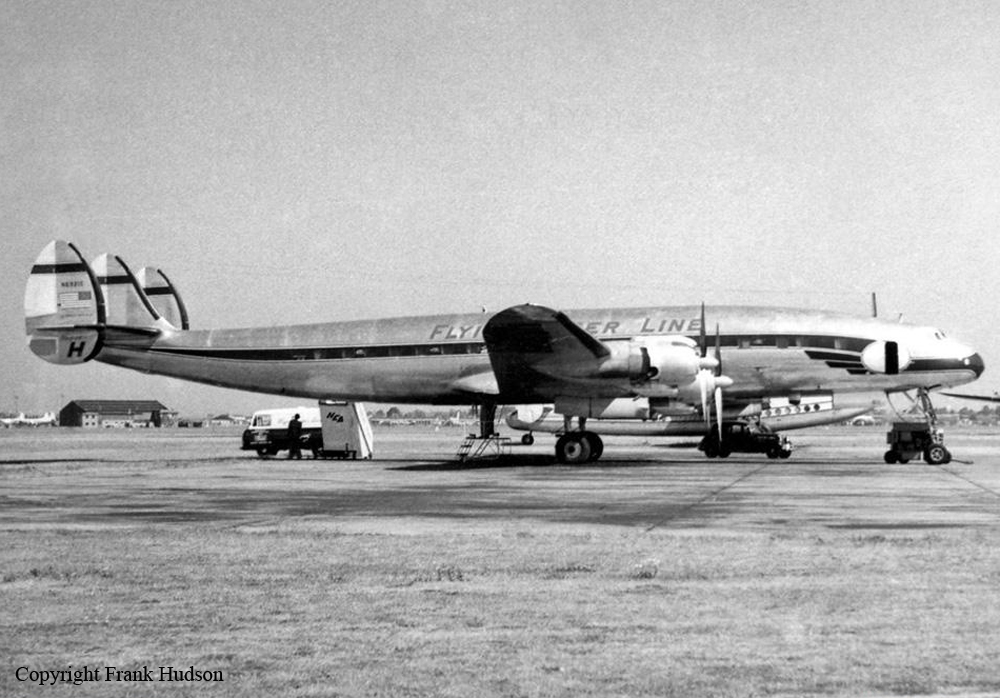
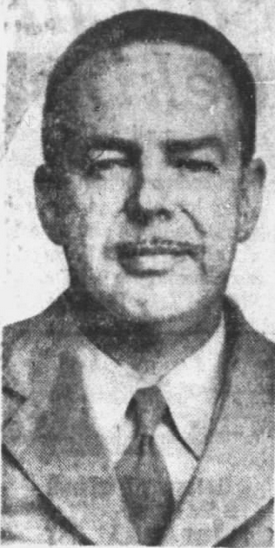
The flight crew of M.A.T.S. Flight 739/14 were all highly experienced airmen. Captain Gregory P. Thomas had been employed by the Flying Tiger Line since 7 July 1950. He held an Airline Transport Pilot certificate, and was type-rated in the Curtiss C-46, Douglas DC-3, DC-4, DC-6, and Lockheed L-1049H. He had flown a total of 19,500 flight hours, with 3,562 hours in the L-1049H. He was 48 years old and lived in Red Bank, New Jersey. According to contemporary news reports, Captain Thomas was “a colorful and heroic flier.” (In 1957, he had ditched a Douglas DC-6 in Jamaica Bay with no loss of life.)
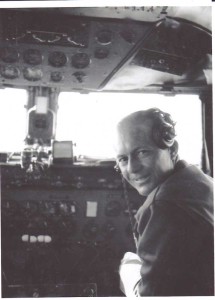
First Officer Robert J. Wish had worked for FTL since 25 January 1951. He held an ATP certificate, with type ratings for C-46, DC-4 and L-1049H.had a total of 17,500 flight hours, with 3,374 hours in the L-1049H. Wish was also 48 years old, and lived in Hidden Hills, California.
Second Officer Robbie J. Gayzaway [Gazaway or Gazzaway?], 39 years old, from Fillmore, California, was employed by FTL 7 January 1953. He held an ATP certificate with an L-1049H type rating. He had flown 5,500 hours, with 900 in the L-1049H.
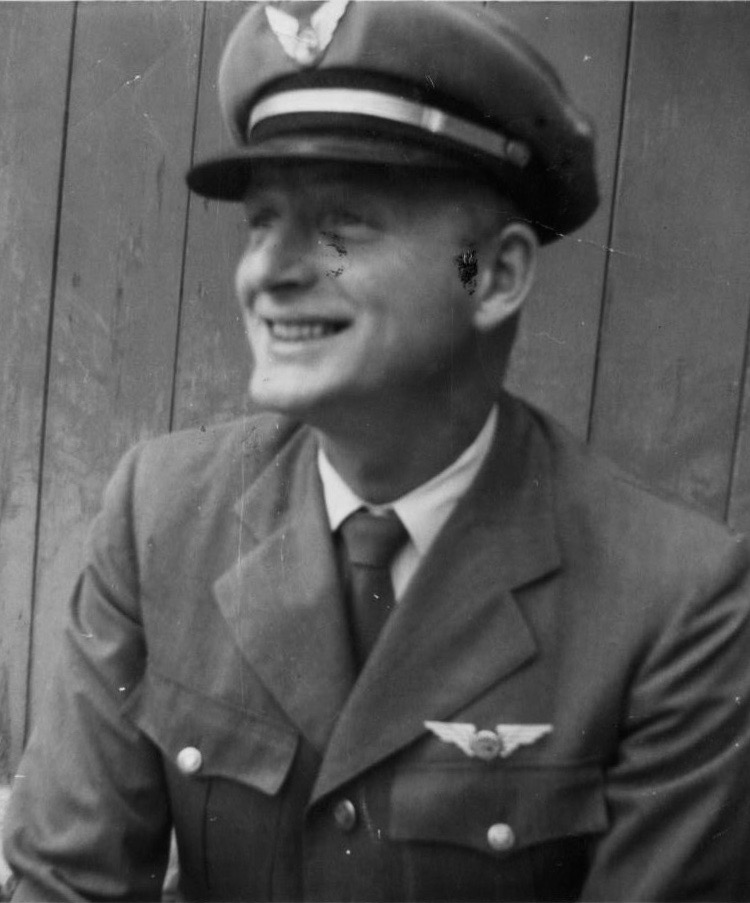
Flight Engineer George Michael Nau was hired by the Flying Tiger Line 15 December 1956. He held an F.A.A. Flight Engineer certificate. He had flown 1,235 hours in the L-1049H. Nau was 38 years old and lived in Pacoima, California.
A second flight engineer was Clayton E. McClellan, 33 years old, from San Mateo, California. He was also a certified flight engineer. He had worked for FTL since 4 April 1960. He had approximately 1,090 hours in the L-1049H.
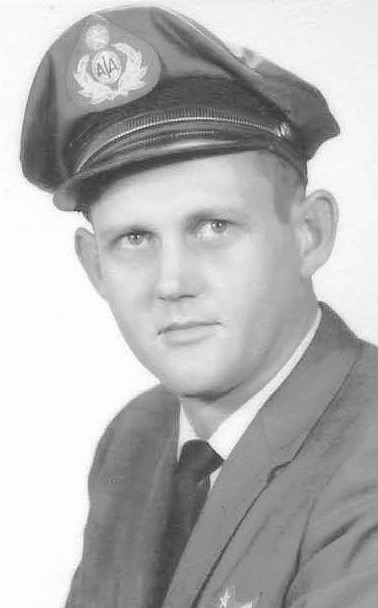
Navigator William T. Kennedy was hired by FTL 13 February 1962. He was 45 years old, from Braintree, California. He held both navigator and radio operator licenses.
Navigator Grady Reese Burt, Jr., was hired 14 February 1962. He also held both navigator and radio operators licenses. He lived in Baldwin Park, California.
The cabin crew were Senior Flight Attendant Barbara Jean Walmsley from Santa Barbara, California; Hildegard Muller; Christel Diana Reiter of San Mateo; and Patricia Wassum.
The Super Constellation remains missing today, and all 107 persons on board are presumed to have died. With respect to the loss of life, this was the worst accident involving a Lockheed Constellation.
N6921C was the second Lockheed L-1049H Super Constellation lost by Flying Tiger Line on 15 March 1962.
The first was N6911C (Lockheed serial number 4804), under the command of Captain Morgan W. Hughes of San Mateo, California. It was also a M.A.T.S. chartered flight, FTL Flight 7816/14, and, like N6921C, had departed from Travis Air Force Base on the night of 14 March. It was reportedly carrying a “secret military cargo” to Kadena Air Force Base, Okinawa.
While on a Ground Controlled Approach (GCA) approach to NAS Adak Island (in the Aleutian Islands of Alaska) the airliner was consistently below the glide path. Despite seven separate warnings from the ground controller, at 1214 G.M.T., the airplane’s landing gear struck rocks 328 feet (100 meters) short of the runway threshold. It then slid for 2,000 feet (610 meters) along the runway, coming to rest just off its edge. The airliner caught fire and was destroyed. Of the 7 persons on board, 1, James M. Johnstone, a flight engineer, was killed.
Captain Hughes had a total of 13,000 flight hours, with 3,055 hours in the L-1049H. The co-pilot, First Officer Thomas M. Mitchell, had 19,000 flight hours with 1,211 hours in type.
The Civil Aeronautics Board determined that the Probable Cause of this accident was “. . . attributed to the pilots’ misjudgement of distance and altitude during the final approach.”
Flying Tiger Line lost two more L-1049H Super Constellations, N6923C and 6913C, in 1962.
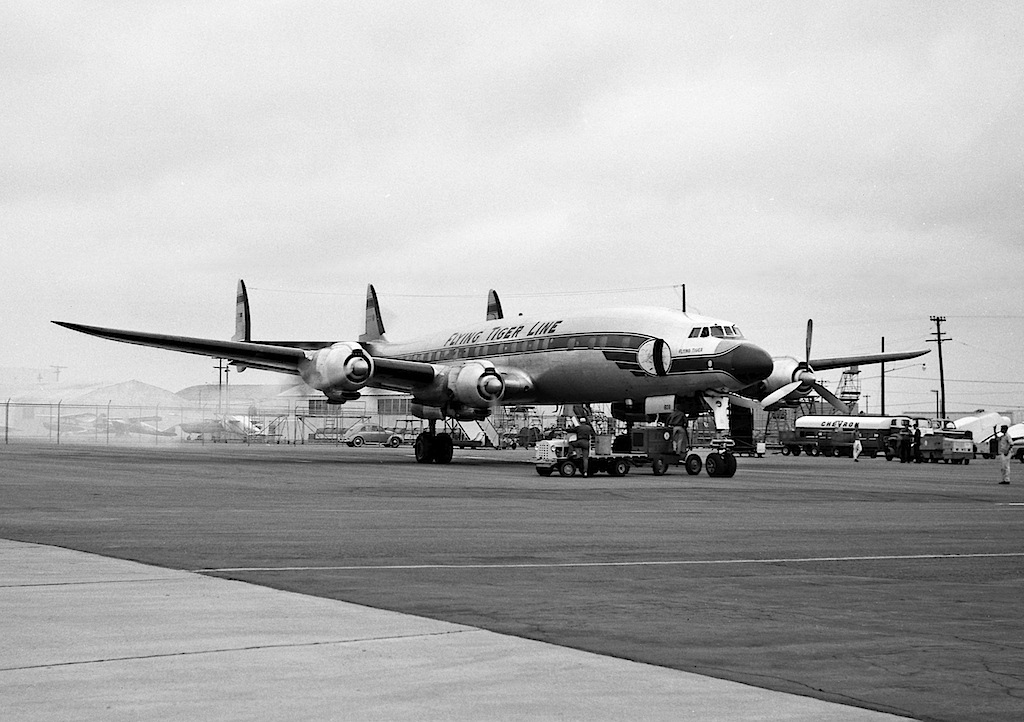
 Lockheed L-1049H Super Constellation N6921C (LAC serial number 4817) was delivered to the Flying Tiger Line in 1957. It was a large, four-engine, long-range airliner. The airplane was operated by two pilots, a flight engineer and a navigator.
Lockheed L-1049H Super Constellation N6921C (LAC serial number 4817) was delivered to the Flying Tiger Line in 1957. It was a large, four-engine, long-range airliner. The airplane was operated by two pilots, a flight engineer and a navigator.
The L-1049 series was 18 feet, 4 inches (5.588 meters) longer than the preceding L-749 Constellation, with cylindrical “plugs” installed fore and aft of the wing. The L-1049H was the final commercial variant of the Super Constellation series. It could be converted from a passenger airliner to an air freighter configuration in a few hours. The L-1049 was 113 feet, 3.7 inches (34.536 meters) long, with a wingspan of 123 feet, 0 inches (37.490 meters), and overall height of 24 feet, 9.5 inches (7.557 meters). The fuselage had a maximum diameter of 11 feet, 7½ inches ( meters).
The total wing area was 1,650 square feet (153.3 square meters). The wings’ leading edges were swept aft 7° 28.7′, while the trailing edges swept forward 3° 13′. They had 7° 36.6′ dihedral.
The L-1049H had an empty weight of approximately 73,000 pounds (33,122 kilograms. N6921C had a maximum allowable gross weight of 141,845 pounds (64,340 kilograms). When it departed Guam, it carried 25,552 pounds (11,590 kilograms) of 115/145-octane aviation gasoline, and its gross weight was 132,554 pounds (60,125 kilograms).
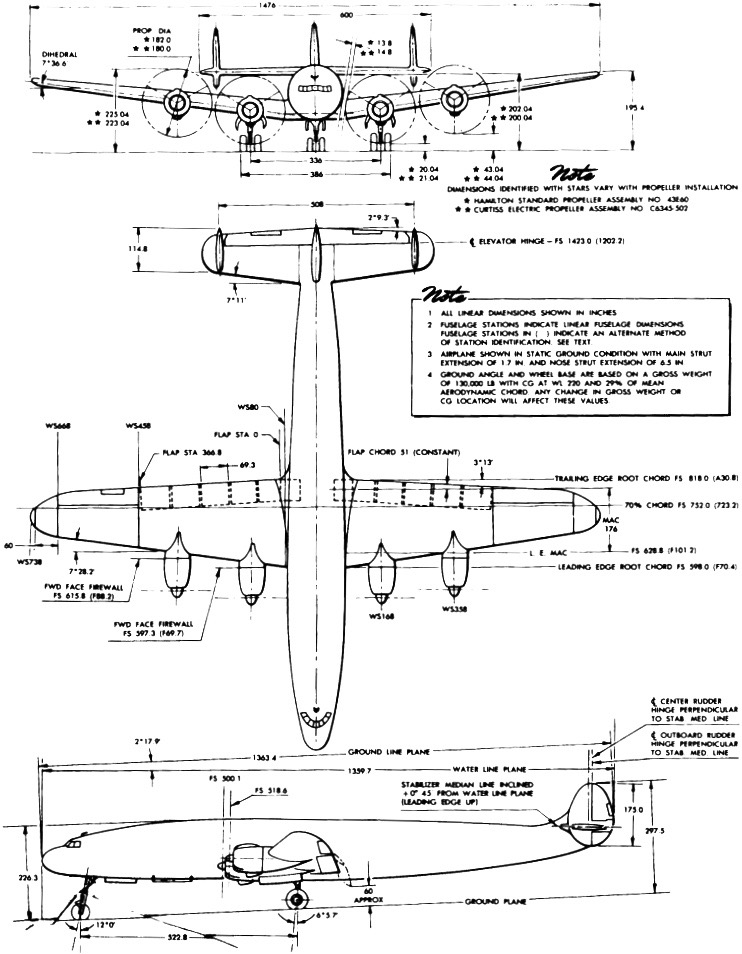
 N6921C was powered by four air-cooled, direct-fuel-injected, 3,347.662 cubic-inch-displacement (54.858 liters) Wright Aeronautical Division 988TC18EA3 turbocompound engines with a compression ratio of 6.70:1. The turbocompound engine used captured exhaust gases to drive three Power Recovery Turbines. These PRTs were coupled to the engine’s crankshaft. This system added approximately 450 horsepower to the engine’s total power output.
N6921C was powered by four air-cooled, direct-fuel-injected, 3,347.662 cubic-inch-displacement (54.858 liters) Wright Aeronautical Division 988TC18EA3 turbocompound engines with a compression ratio of 6.70:1. The turbocompound engine used captured exhaust gases to drive three Power Recovery Turbines. These PRTs were coupled to the engine’s crankshaft. This system added approximately 450 horsepower to the engine’s total power output.
The 988RC18EA3 had Normal Power ratings of 2,860 horsepower at 2,650 r.p.m. at Sea Level; 2,920 horsepower at 2,650 r.p.m. at 4,800 feet (1,463 meters); 2,450 horsepower at 2,600 r.p.m. at 16,400 feet (4,999 meters). Its Maximum Power ratings were 3,400 horsepower at 2,900 r.p.m. to 4,000 feet (1,219 meters) for Take Off; and 2,600 horsepower at 2,600 r.p.m. at 15,200 feet (4,633 meters). 115/145-octane aviation gasoline was required.
The engines turned three-bladed Hamilton Standard or Curtiss Electric propellers through a 0.4375:1 propeller gear reduction. The reduction gears were strengthened to support 4,000 horsepower. The Wright 988TC18EA3 was 7 feet, 5.53 inches (2.274 meters) long, 4 feet, 8.59 inches (1.473 meters) in diameter, and weighed 3,640 pounds, ± 1% (1,651 kilograms).
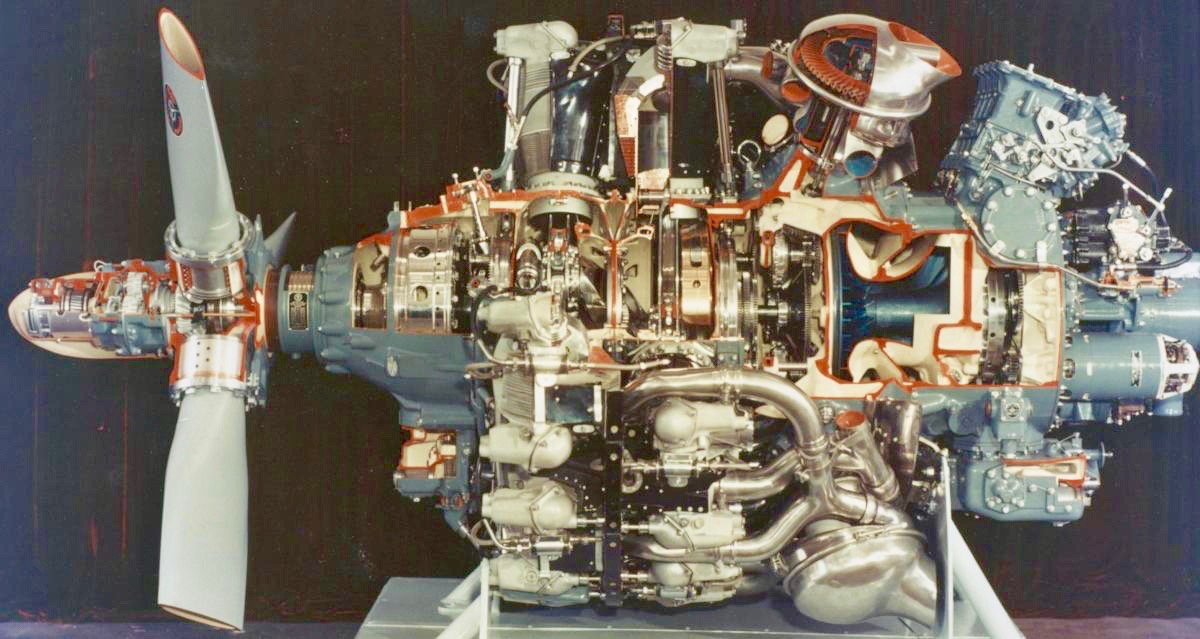
The L-1049 had a maximum speed for normal operations (VNO) of 260 knots (299 miles per hour/482 kilometers per hour) and a maximum speed (VNE) of 293 knots (337 miles per hour/543 kilometers per hour) up to 11,000 feet (3,353 meters). VNO was reduced by 9 knots, and VNE reduced by 11 knots, for each 2,000 foot (610 meters) increase in altitude above 11,000 feet.
The maximum operating altitude for the L-1049 was 25,000 feet (7,620 meters). Its maximum range was 4,140 miles (6,663 kilometers).
N6921C had flown a total 17,224 hours in just under five years. It was properly certified and maintained, and had no known discrepancies. N6911C had 16,038 hours, TTAF.
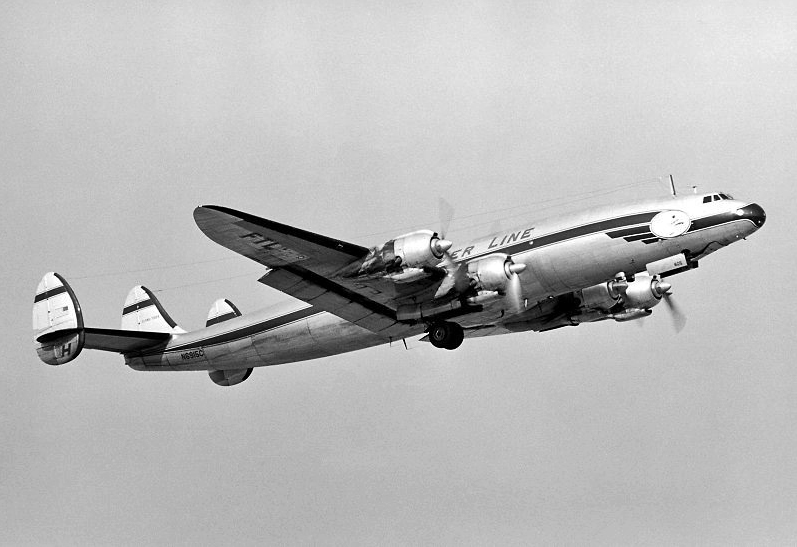
© 2019, Bryan R. Swopes
